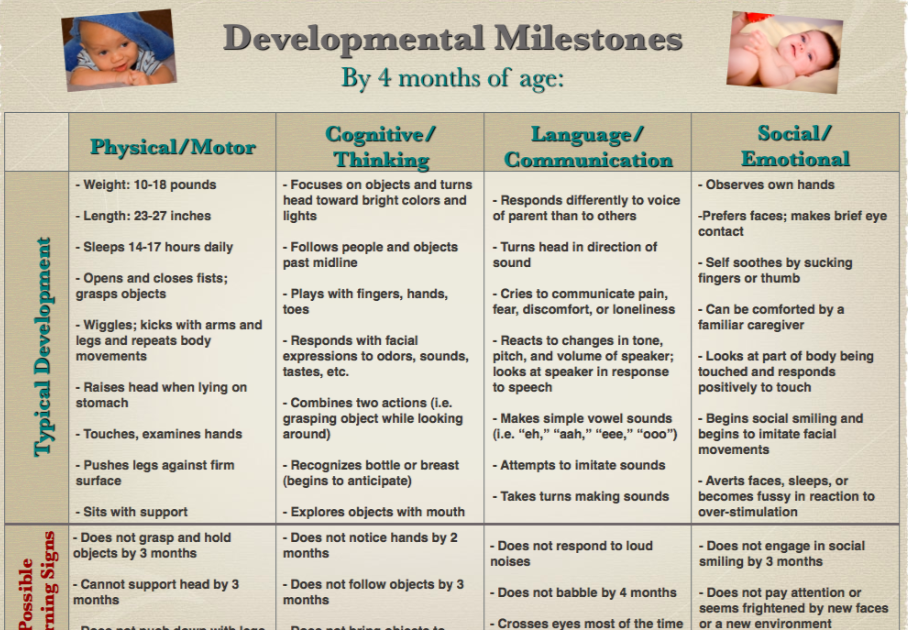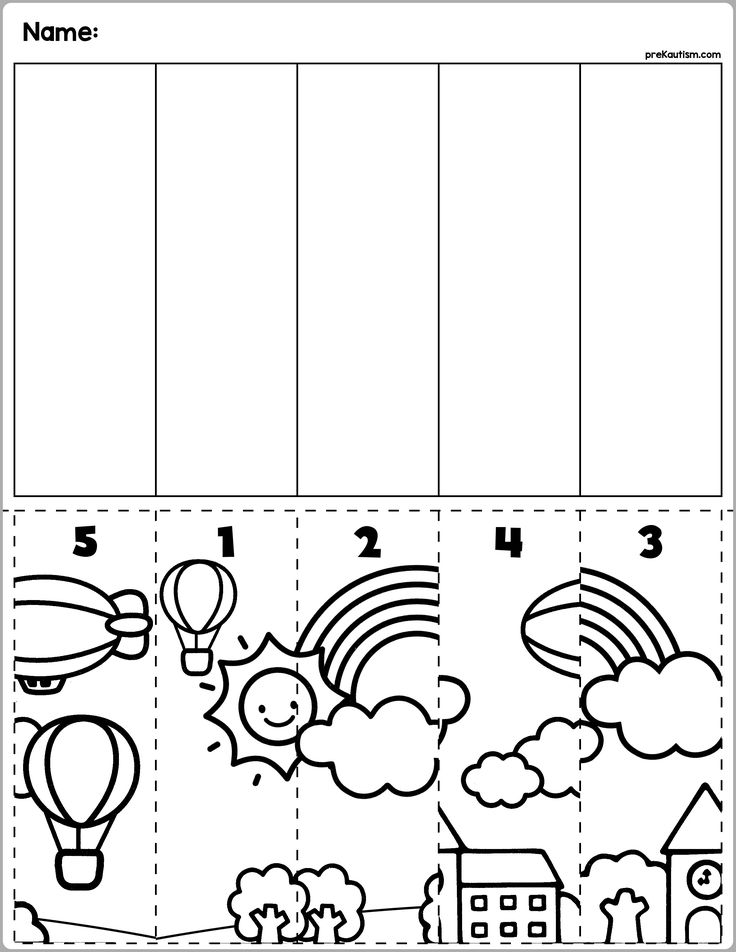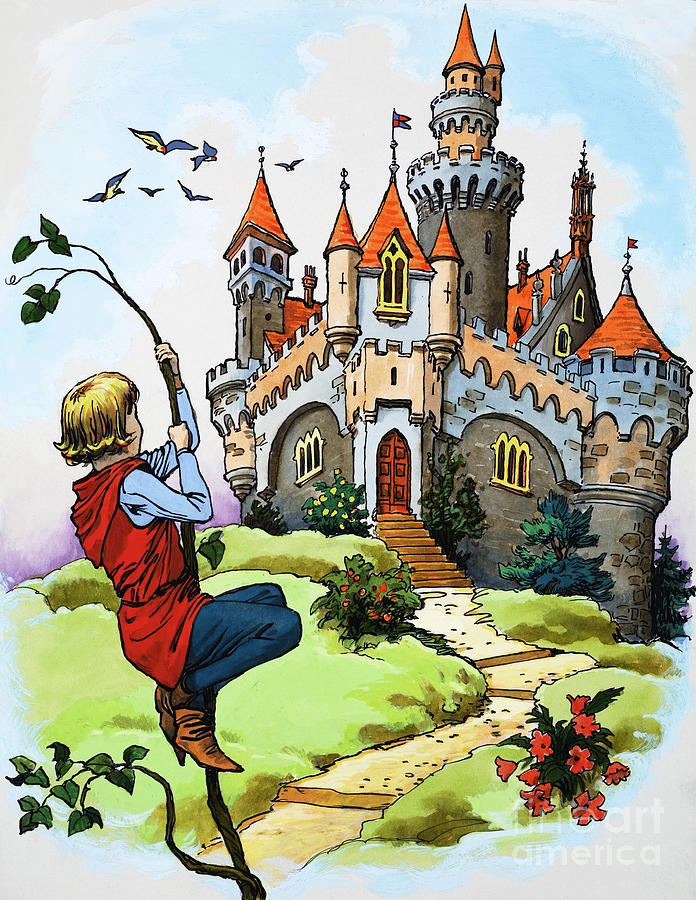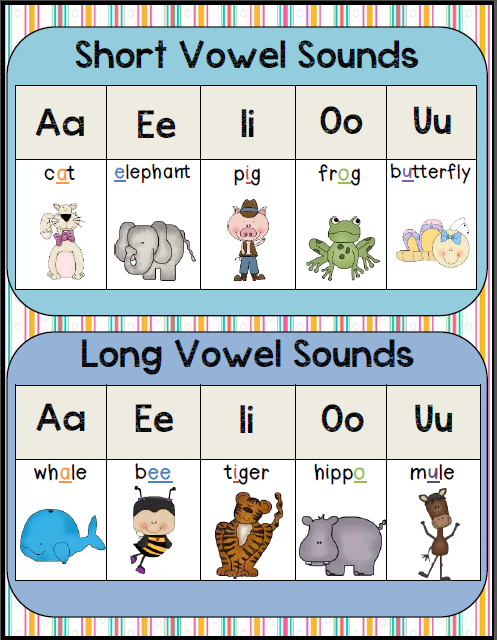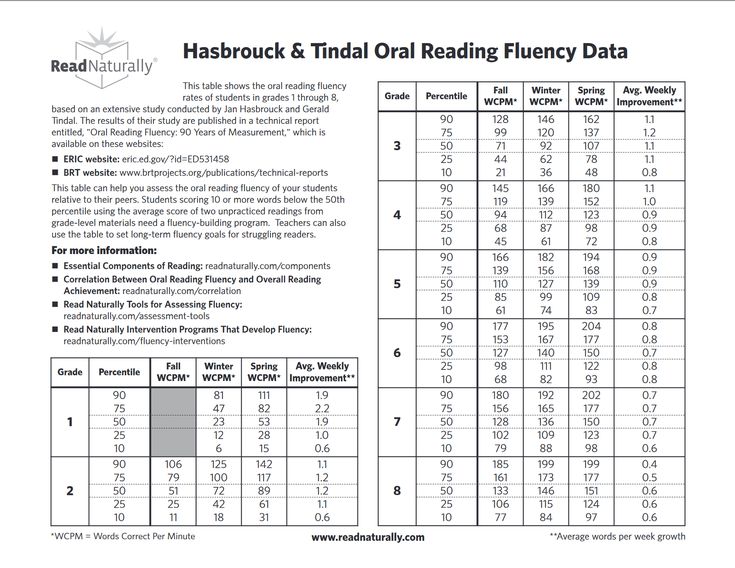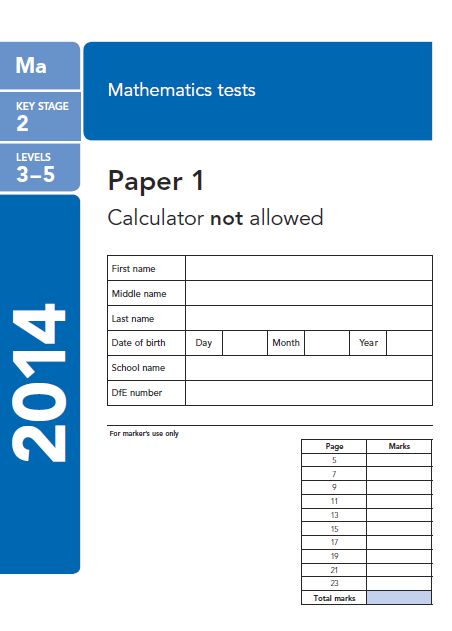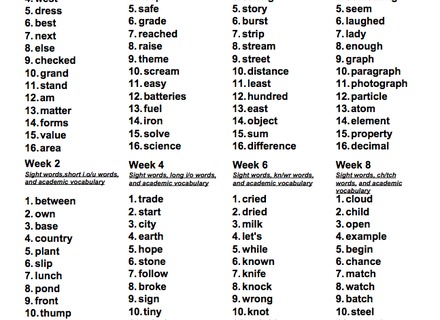Parent reading strategies
Reading Tips for Parents
Strong parental involvement is a key component of the Just Read, Florida! initiative. Other than helping your child to grow up happy and healthy, the most important thing that you can do for them is help them develop their reading skills.
How Can I Help My Child Be Ready to Read and Ready to Learn?
- Talk to your infant and toddler to help him learn to speak and understand the meaning of words. Point to objects that are near and describe them as you play and do daily activities together. Having a large vocabulary gives a child a great start when he enters school.
- Read to your baby every day starting at six months of age. Reading and playing with books is a wonderful way to spend special time with him. Hearing words over and over helps him become familiar with them. Reading to your baby is one of the best ways to help him learn.
- Use sounds, songs, gestures and words that rhyme to help your baby learn about language, and its many uses.
Babies need to hear language from a human being. Television is just noise to a baby.
- Point out the printed words in your home and other places you take your child such as the grocery store. Spend as much time listening to your child as you do talking to him.
- Take children's books and writing materials with you whenever you leave home. This gives your child fun activities to entertain and occupy him while traveling and going to the doctor's office or other appointments.
- Create a quiet, special place in your home for your child to read, write and draw. Keep books and other reading materials where your child can easily reach them.
- Help your child see that reading is important. Set a good example for your child by reading books, newspapers and magazines.
- Limit the amount and type of television you and your child watch. Better yet, turn off the television and spend more time cuddling and reading books with your child.
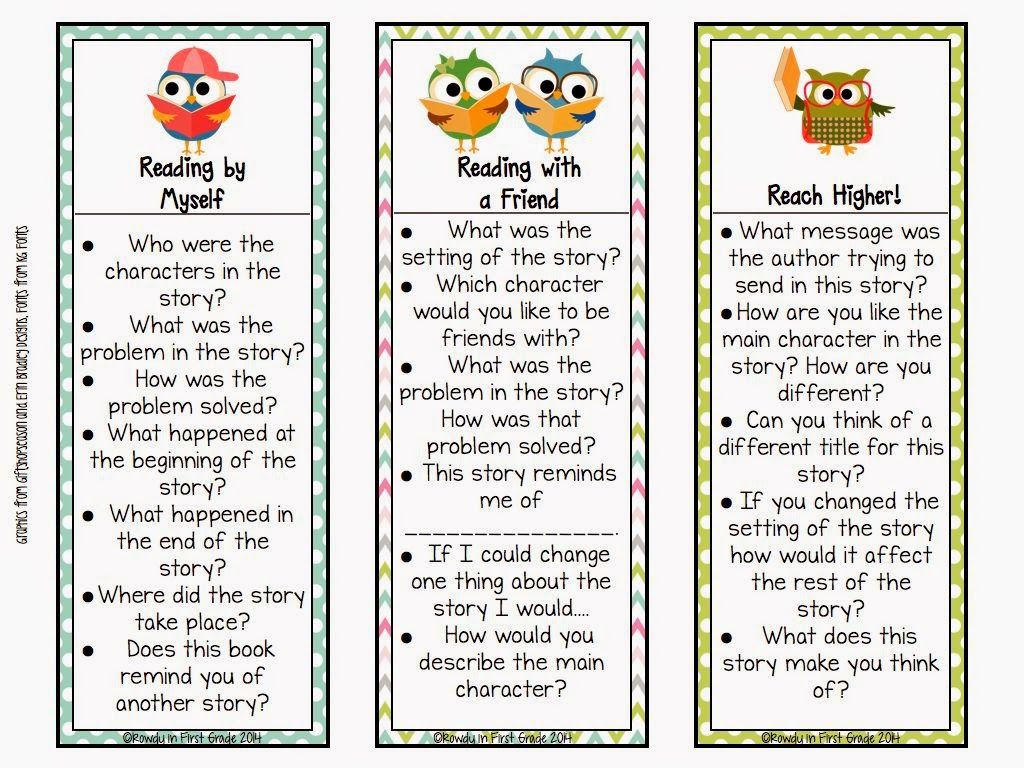 The time and attention you give your child has many benefits beyond helping him be ready for success in school.
The time and attention you give your child has many benefits beyond helping him be ready for success in school. - Reach out to libraries and community and faith-based organizations. These organizations can:
- Help you find age-appropriate books to use at home with your child;
- Show you creative ways to use books with your child and other tips to help him learn; and
- Provide year-round children's reading and educational activities.
How Do I Know a Good Early Reading Program When I See One?
- Every teacher is excited about reading and promotes the value and fun of reading to students.
- All students are carefully evaluated, beginning in Kindergarten, to see what they know and what they need to become good readers.
- Reading instruction and practice lasts 90 minutes or more in grades K-5.
- All students in grades K-3 who have been identified as having a deficiency in reading are provided educational interventions and activities.
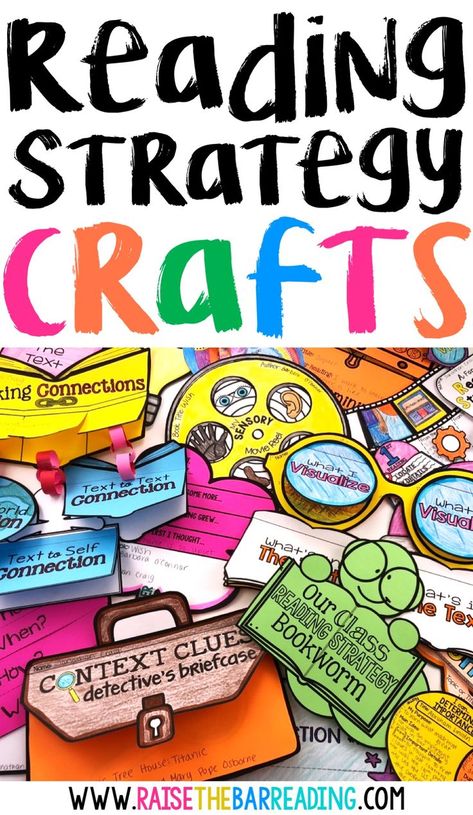 These students receive, throughout the day, a total of 60 extra minutes of instruction.
These students receive, throughout the day, a total of 60 extra minutes of instruction. - Before - or after-school help is given to all students who need extra instruction or who need to review skills. Summer school is available for students who have not mastered grade level skills by the end of the year.
- Reading instruction and practice includes work on letters, sounds and blending sounds. Students learn to blend letters and sounds to form new words.
- Learning new words and their meaning is an important part of instruction.
- Students have daily spelling practice and weekly spelling tests.
- The connection between reading and writing is taught on a daily basis. Students write daily. Papers are corrected and returned to the students. By the end of second grade, students write final copies of corrected papers. Corrected papers are sent home for parents to see.
- All students are read to each day from different kinds of books.
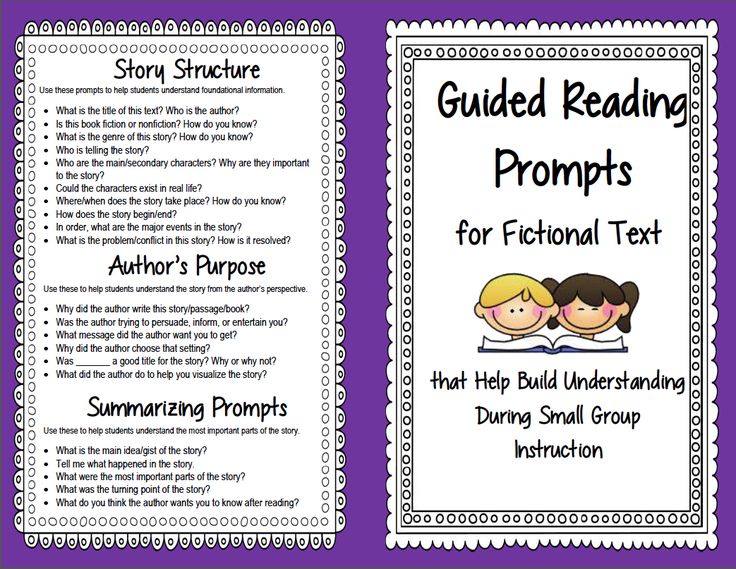 Students discuss what they read with teachers and other students.
Students discuss what they read with teachers and other students. - All students have a chance to read both silently and aloud in school each day and at home every night.
- Every classroom has a library of books that children want to read. This includes easy books and books that are more difficult.
- The school library is used often and has many books. Students may check books out during the summer and over holidays.
Simple Strategies for Creating Strong Readers
Without doubt, reading with children spells success for early literacy. Putting a few simple strategies into action will make a significant difference in helping children develop into good readers and writers.
Through reading aloud, providing print materials and promoting positive attitudes about reading and writing, you can have a powerful impact on children's literacy and learning.
- Invite a child to read with you every day.
- When reading a book where the print is large, point word by word as you read.
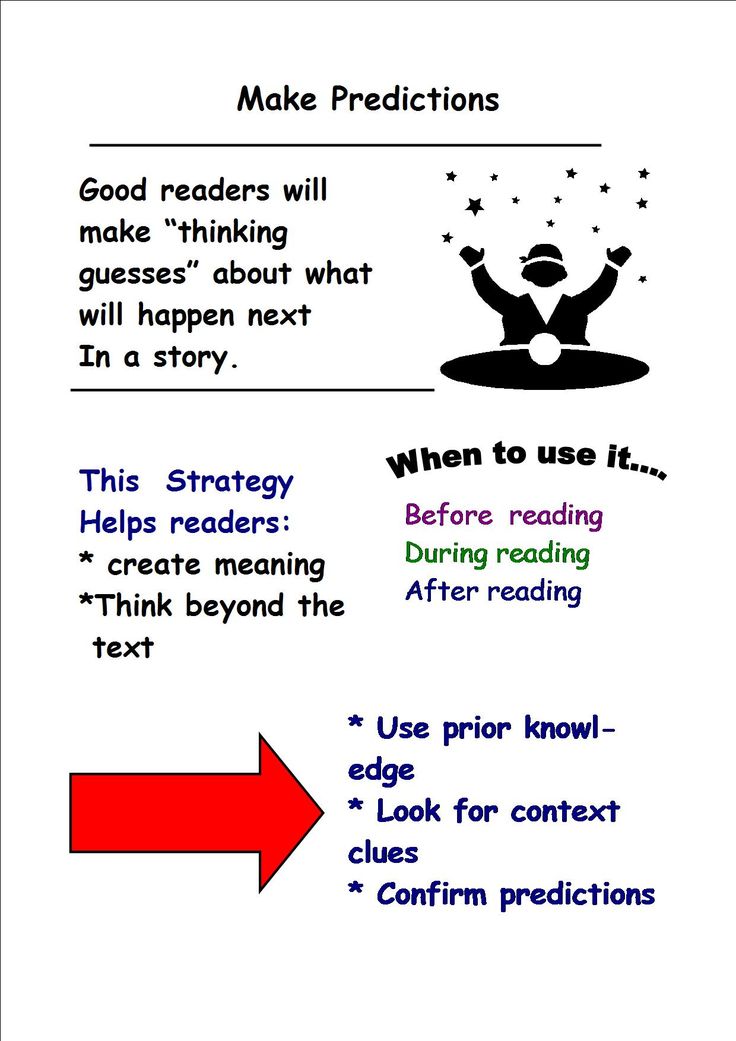 This will help the child learn that reading goes from left to right and under stand that the word he or she says is the word he or she sees.
This will help the child learn that reading goes from left to right and under stand that the word he or she says is the word he or she sees. - Read a child's favorite book over and over again.
- Read many stories with rhyming words and lines that repeat. Invite the child to join in on these parts. Point, word by word, as he or she reads along with you.
- Discuss new words. For example, "This big house is called a palace. Who do you think lives in a palace?"
- Stop and ask about the pictures and about what is happening in the story.
- Read from a variety of children's books, including fairy tales, songbooks, poems and information books.
Reading well is at the heart of all learning. A child who can't read well, can't learn. Help make a difference for a child.
The Five Essential Components of Reading
Reading with children and helping them practice specific reading components can dramatically improve their ability to read.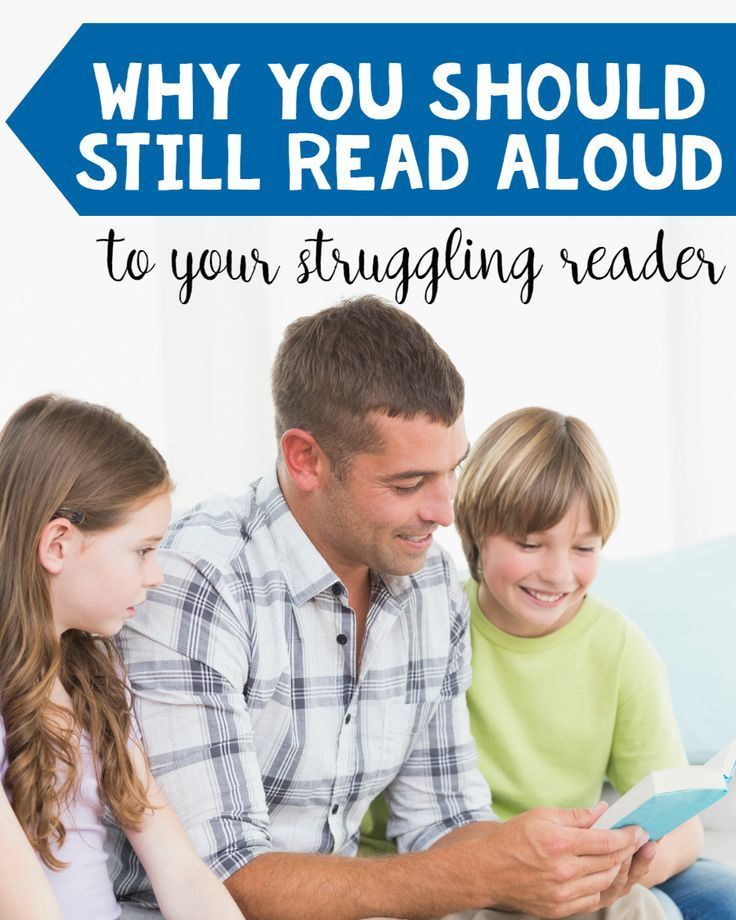 Scientific research shows that there are five essential components of reading that children must be taught in order to learn to read. Adults can help children learn to be good readers by systematically practicing these five components:
Scientific research shows that there are five essential components of reading that children must be taught in order to learn to read. Adults can help children learn to be good readers by systematically practicing these five components:
- Recognizing and using individual sounds to create words, or phonemic awareness. Children need to be taught to hear sounds in words and those words are made up of the smallest parts of sound, or phonemes.
- Understanding the relationships between written letters and spoken sounds, or phonics. Children need to be taught the sounds individual printed letters and groups of letters make. Knowing the relationships between letters and sounds helps children to recognize familiar words accurately and automatically, and "decode" new words.
- Developing the ability to read a text accurately and quickly, or reading fluency. Children must learn to read words rapidly and accurately in order to understand what is read. When fluent readers read silently, they recognize words automatically.
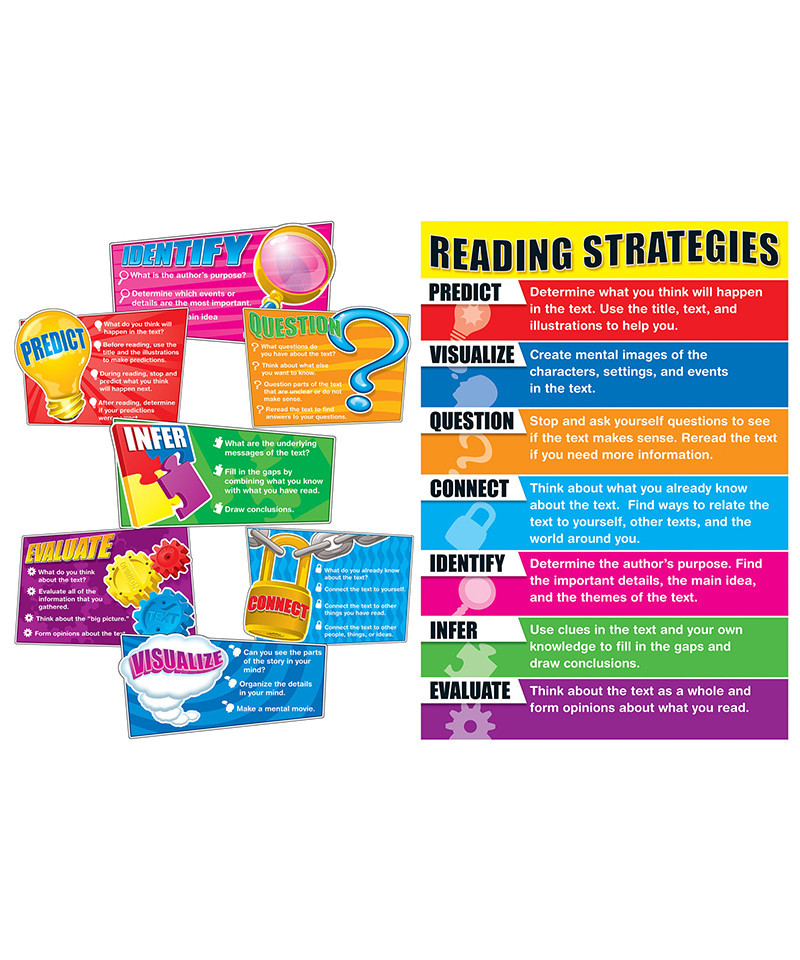 When fluent readers read aloud, they read effortlessly and with expression. Readers who are weak in fluency read slowly, word by word, focusing on decoding words instead of comprehending meaning.
When fluent readers read aloud, they read effortlessly and with expression. Readers who are weak in fluency read slowly, word by word, focusing on decoding words instead of comprehending meaning. - Learning the meaning and pronunciation of words, or vocabulary development. Children need to actively build and expand their knowledge of written and spoken words, what they mean and how they are used.
- Acquiring strategies to understand, remember and communicate what is read, or reading comprehension strategies. Children need to be taught comprehension strategies, or the steps good readers use to make sure they understand text. Students who are in control of their own reading comprehension become purposeful, active readers.
325 West Gaines Street, Suite 1432
Tallahassee, FL 32399-0400
Phone: 850-245-0503
Fax: 850-245-5105
Parent Strategies for Improving Their Child’s Reading and Writing
Family time is learning time.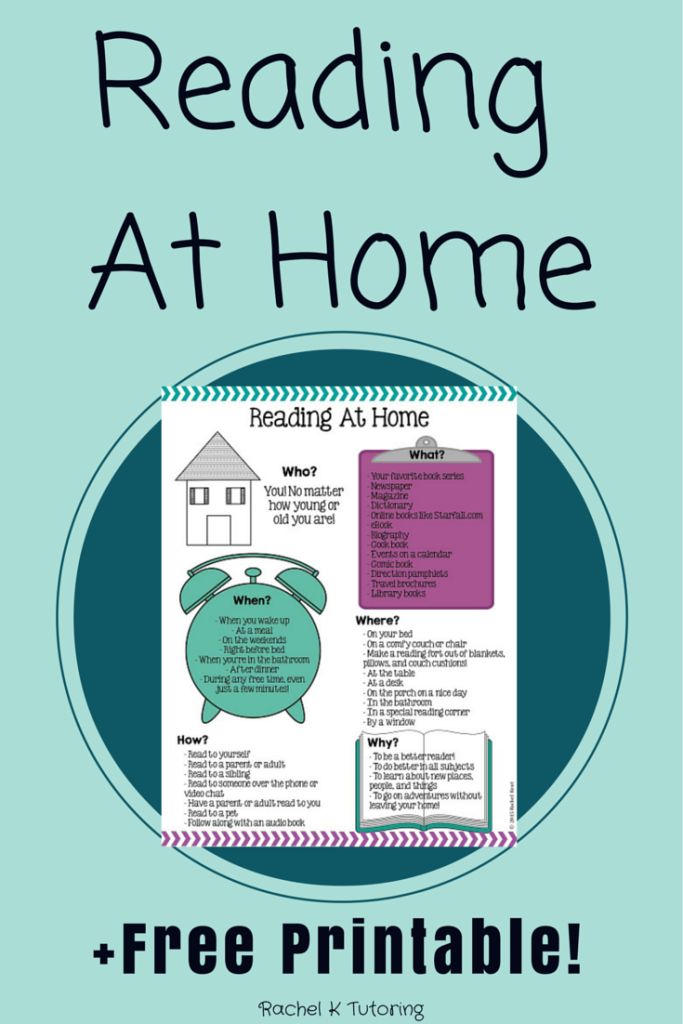 Did you know that kids learn most of their vocabulary outside of school, through conversations with family and friends? Or that drawing pictures during play time lays the foundation for reading and writing, even for the youngest of learners?
Did you know that kids learn most of their vocabulary outside of school, through conversations with family and friends? Or that drawing pictures during play time lays the foundation for reading and writing, even for the youngest of learners?
Families have always been an active part of the teaching and learning process, and they have become even more crucial during the pandemic.
The following research-based ideas are intended to be manageable, interactive activities you and your child can engage in to help develop their reading and writing skills, motivation, and confidence. Some of these strategies target specific age groups or grade levels, while others apply to kids of all ages. You’ll see them categorized accordingly. Try out two or three of them and make them a part of your family’s other important routines, like brushing teeth.
General reading and writing improvement strategies that will help kids of all ages
No matter your kid’s age, several factors influence their reading and writing growth, including attitude, motivation, access, and exposure. Think of the following strategies as tips for developing internalized mindsets, behaviors, and habits.
Think of the following strategies as tips for developing internalized mindsets, behaviors, and habits.
Model good habits by reading and writing in front of your child
Adults’ attitudes toward reading and writing influence children’s perception of the value of these skills. Having your child observe you while reading a book or magazine and while writing a thank you note or email to a friend helps to establish a recognition that reading and writing are useful and positive parts of everyday life.
Find out what your kid is interested in and get as many texts as possible related to that topic.
Be sure to explain why you are reading and writing to your child. For example, to learn about a topic you are interested in or to entertain yourself with a funny story or to thank someone for their kindness. Kids need to understand the value and purpose of the actions of reading and writing; knowing the why helps them be more motivated to read and write themselves.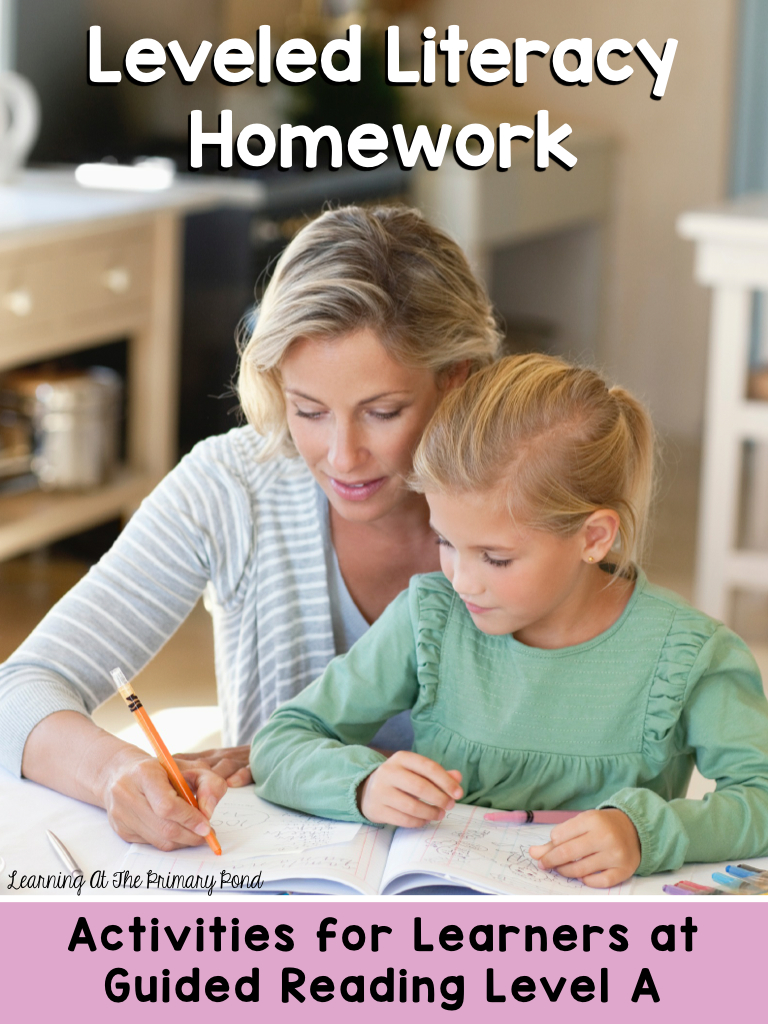
Make reading materials—ones they will truly care about—readily available for your child
Kids’ threshold for boredom has appeared to lower in recent decades, particularly with today’s access to social media and video streaming. If we want kids to engage in reading and writing, we need to make it the most attractive activity for them. Kids are more likely to read when they see the value in it, such as building their knowledge about something they find interesting.
Find out what your kid is interested in and get as many texts as possible related to that topic. These can be books, graphic novels, magazines, or online digital texts. You don’t need to spend a small fortune, either. Your local library or your child’s school library probably have plenty of options to choose from.
Remember, too, that while reading on grade level is important, so is reading a large volume of text and reading for pleasure. Some texts may be below grade level for your child, and that’s okay. Some might be above grade level. If a kid is interested in a topic, they’re more likely to engage with a challenging text on that topic. Plus, a text that’s above grade level provides a nice opportunity for joint reading with another member of the family
Some might be above grade level. If a kid is interested in a topic, they’re more likely to engage with a challenging text on that topic. Plus, a text that’s above grade level provides a nice opportunity for joint reading with another member of the family
Talk with your child…a lot
Children expand their vocabulary and understanding of sentence structures not only through reading but also through conversations with others.
Talk to your children about their day at school, about what they see in the neighborhood on a walk or drive, about their interests, about the movie you watched together, about the news, about anything, really. When possible, ask questions that will elicit more than a one-word response. A colleague loves asking about her children’s day using the popular Rose, Thorn, and Bud exercise, for example. Her kids share a rose, or a good thing about their day, then a thorn, a difficult thing. The bud prompt is for sharing something they’re looking forward to.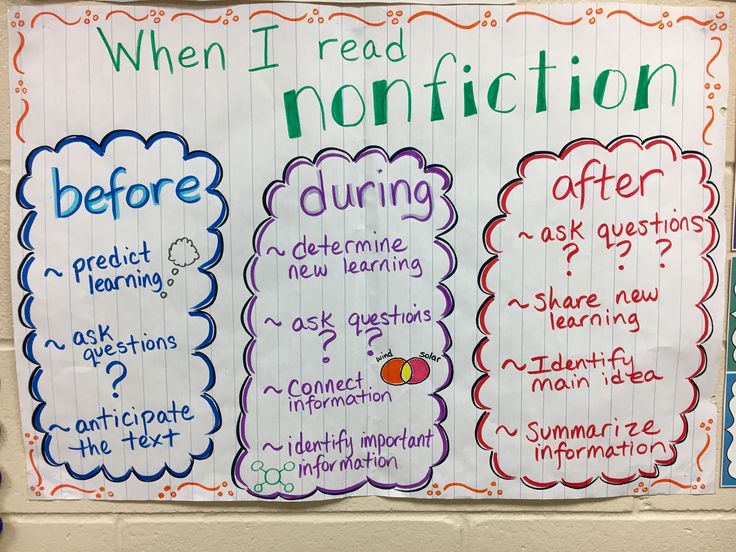
For more information about the power of language comprehension, see my friend Toni’s post “All about language comprehension: What it is and how it can help your child read.”
Give your child authentic writing tasks to help them find their voice and develop their sense of power
Kids are more motivated to write when they are writing for real purposes and real audiences and there is a potential for real impact.
Encourage your child to write for practical and useful purposes like helping create a grocery shopping list for the week; writing a get-well-soon card to a friend; writing an email to their teacher asking for clarification on an assignment; or writing a letter to an elected official calling for change. Heck, they can even follow the lead of adorable Dillon Helbig, an 8-year-old who wrote a book and self-published it by secretly stocking it on a shelf at his local library.
Kids need to understand the value and purpose of the actions of reading and writing; knowing the why helps them be more motivated to read and write themselves.
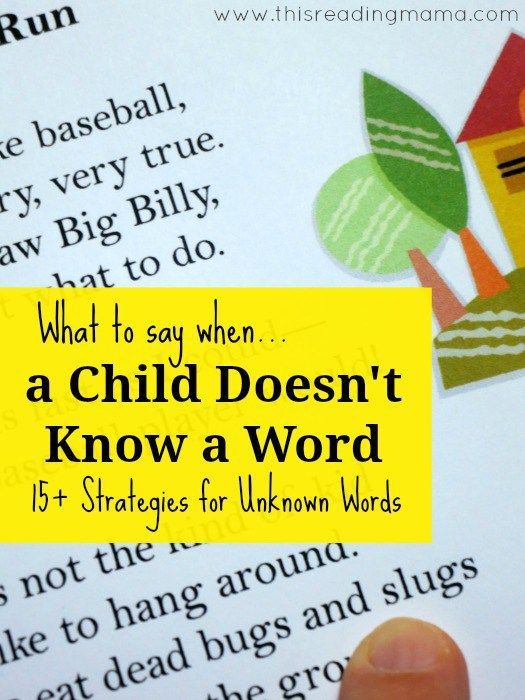
Writing can also have a huge psychological benefit for processing emotions. Encourage your child to keep a journal to work through and express their own thoughts and feelings. For young learners, this might be in the form of drawing pictures.
Literacy strategies for kids from birth through pre-K
Children in pre-K and younger are often called “preliterate.” This description is important because while they are not yet “literate,” they are engaging in many activities that establish a solid base for later independent reading and writing. Think of the following strategies as building blocks for future reading and writing success.
Read aloud to your child
Children’s understanding of language begins in the womb as they hear the rhythm of their mother’s speech. Infants mimic speech by making sounds, which are often effective communication tools to get them what they want. Toddlers start using words and pretty quickly they are stringing together complete sentences without ever having a single grammar lesson on sentence construction.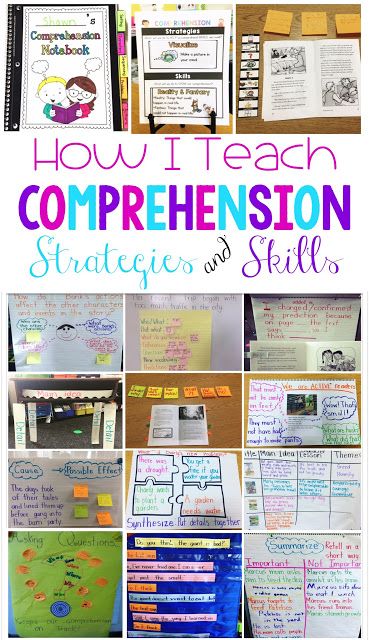 By observing and interacting with adults and other kids, children learn to speak in full sentences before they can read individual words printed on the page.
By observing and interacting with adults and other kids, children learn to speak in full sentences before they can read individual words printed on the page.
Instill a bedtime story routine, maybe with those library books you got on your kid’s favorite topics. Read aloud environmental print, too, like store signs and street names. Through read alouds, children expand their vocabulary, their knowledge about a topic or idea, and their understanding of sentence structures.
Draw on the print-rich environment at home
Children aren’t born knowing what letters and words are. It’s a conceptual understanding (also known as print awareness) that they build over time with help from adults.
One of the most obvious ways to build print awareness is to install a bookshelf in your kid’s bedroom and keep it stocked with books from the library. However, print exists in other forms besides books. Post your shopping or to-do list on the refrigerator for them to see.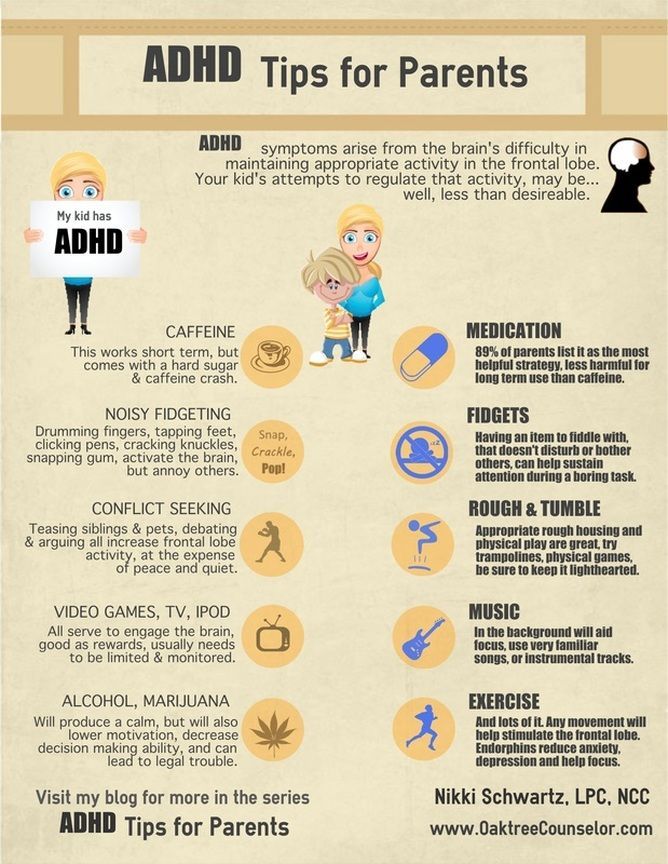 Use sticky notes to place labels on items in the child’s room and around the house. Get them a set of magnetic letters to rearrange on the fridge.
Use sticky notes to place labels on items in the child’s room and around the house. Get them a set of magnetic letters to rearrange on the fridge.
Surrounding kids with examples of printed texts sets the foundation for understanding the alphabetic principle.
Engage in art projects
Through drawing and painting, young kids develop the motor skills and physical stamina they need to eventually write words, sentences, and paragraphs. Having your kid practice drawing individual letters helps to establish the brain connections they need to later map sounds to letters and letter patterns when they are learning to read.
Instill a bedtime story routine […]. Read aloud environmental print, too, like store signs and street names.
Make sure your child has access to materials like paper, crayons, and finger paints. You can also get fun (and messy) by having them use their fingers to draw letters in salt or even pudding (the reward is pudding for dessert).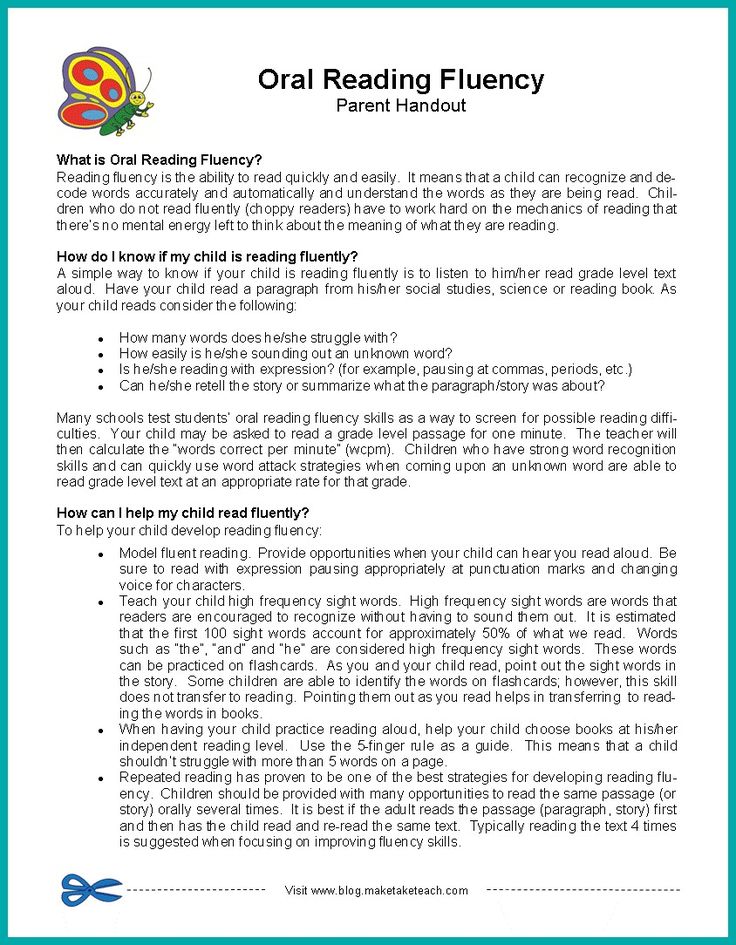 Let your and their imagination run wild!
Let your and their imagination run wild!
Strategies for kids in kindergarten through grade 2
Kids in these grades are actively learning how to read. They are developing their understanding of phonemic awareness (the individual sounds in words) and are learning to match those sounds with specific letters and letter patterns (also known as phonics) through the act of decoding. If you’re interested in more information about those two topics, the above links will take you to previously published blog posts about them. In the meantime, here are some easy activities to try at home.
Take turns reading aloud to each other
Students in this age group are likely bringing home decodable texts from school, which use the specific letter patterns they are learning at the time. Create a positive attitude toward reading by asking them to read these texts to you and praising them accordingly.
Continue to read above-grade-level books aloud to them, too.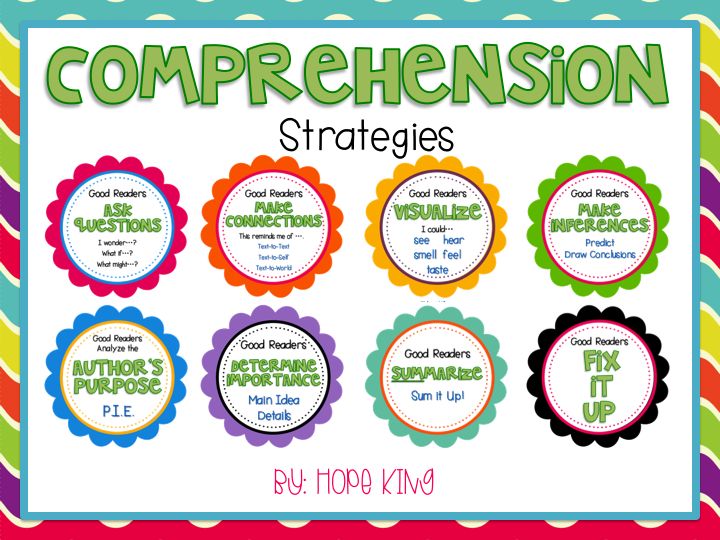 While kids this age may not be ready to read chapter books on their own, you can still build their understanding of vocabulary and language structures as well as strengthen their comprehension by reading more complex texts aloud to them.
While kids this age may not be ready to read chapter books on their own, you can still build their understanding of vocabulary and language structures as well as strengthen their comprehension by reading more complex texts aloud to them.
Ask them questions about what you read together
Asking questions serves not only to measure kids’ understanding of a text but also to deepen their understanding by helping them think more carefully about what they are reading (or listening to).
Ask kids questions that start with “who,” “what,” “when,” “where,” “how,” and “why.” Ask them to predict what will happen next and what in the text makes them think that. These questions help kids become active readers who are able to make connections in a text.
To learn more about reading comprehension, check out my friend Shiji’s post “A new spin on playing catch: Helping your child understand what they read.”
Play word games
Kids this age are doing a lot of word study at school.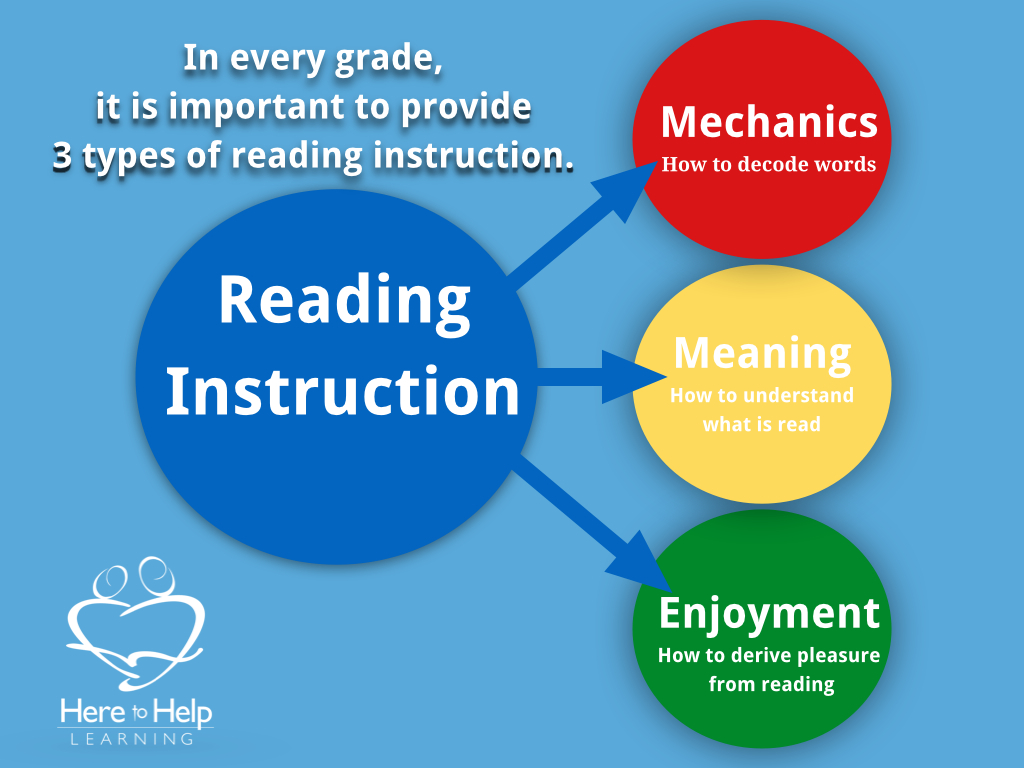 They’re learning to isolate the individual sounds in words and to blend individual sounds to form new words. They are learning how base (root) words, prefixes, and suffixes can help them understand the meaning of unfamiliar words.
They’re learning to isolate the individual sounds in words and to blend individual sounds to form new words. They are learning how base (root) words, prefixes, and suffixes can help them understand the meaning of unfamiliar words.
You can play rhyming games to support their learning of the connections between sounds and letters. You can have them dissect words for their different parts and associated meanings. You can introduce word construction games like Zingo Word Builder or sight word bingo.
Strategies for kids in grades 3 and above
For kids in this group, authenticity matters. They need to find real value in the reading and writing activities they’re engaging in. Also, if your kid is showing struggles with reading or writing, it’s important to reach out and stay in close contact with their teacher. They may need additional and targeted support with developing certain skills.
Listen to music, podcasts, and audiobooks together
While we might appreciate music, podcasts, and audiobooks through our sense of hearing, these formats all require a writer or team of writers to brainstorm, draft, and polish ideas in writing before hitting the record button.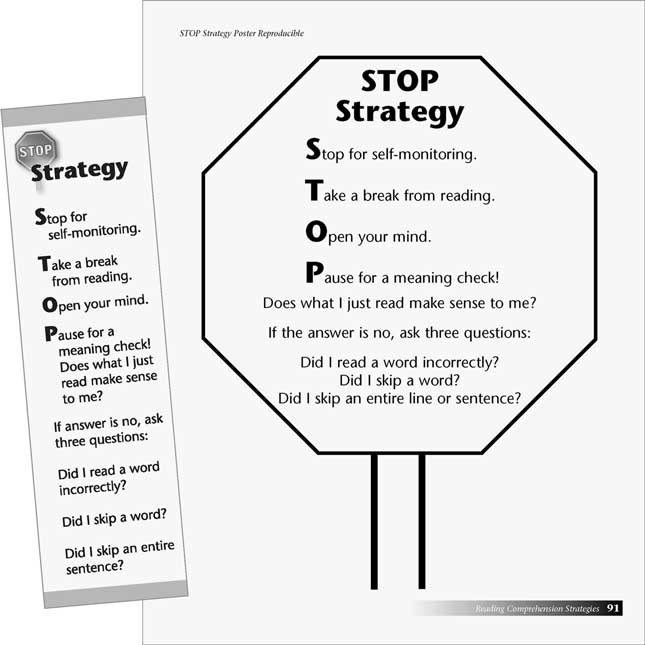 Share that information with your child, and enjoy these types of storytelling together.
Share that information with your child, and enjoy these types of storytelling together.
[I]f your kid is showing struggles with reading or writing, it’s important to reach out and stay in close contact with their teacher.
Discuss and analyze the lyrics to some of their favorite songs. Songwriters make interesting word choices and use inventive sentence structures. These provide ripe opportunity to discuss how language can be used for stylistic effect and to build vocabulary.
It seems like there is a podcast for every area of interest. Listening to podcasts builds listening comprehension and oral language skills. It also might spark students to create their own podcasts, which involves a lot of reading and writing. Scroll down to my last tip for useful links on creating podcasts.
If students struggle with reading fluently, it can help for them to follow along a book while listening to the audio version. For more information about and at-home tips for building reading fluency, check out my blog post “6 ways to help your child read fluently, cover to cover.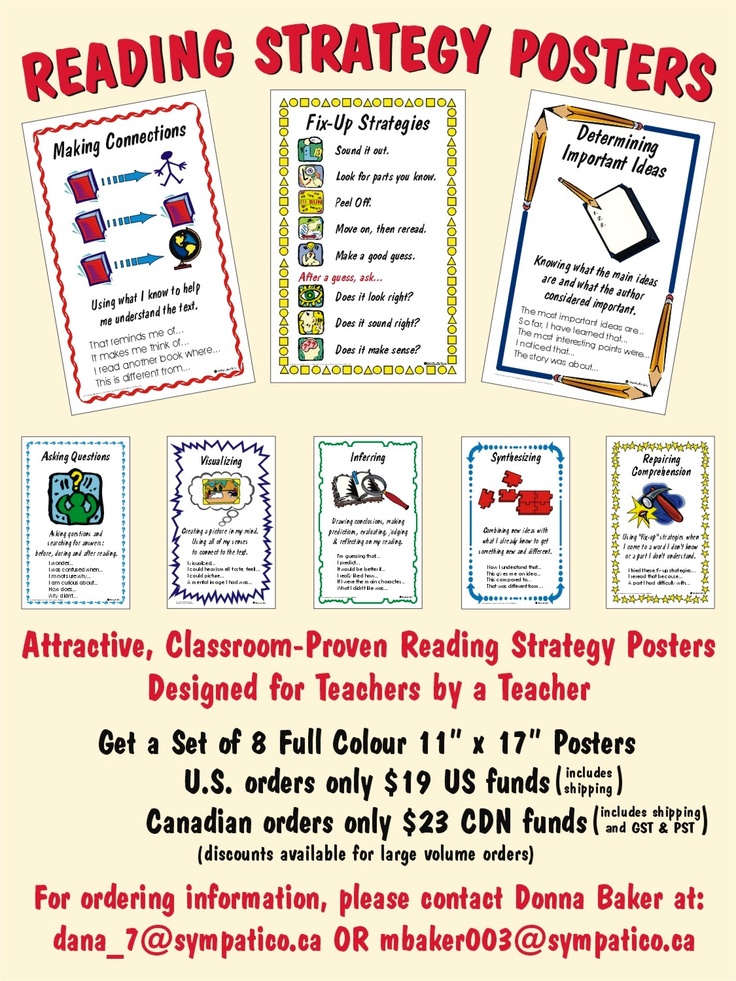 ”
”
Practice digital citizenship by evaluating the credibility of online information
In today’s world, readers are bombarded with misinformation, but it can be difficult to determine what information is credible. The organization Common Sense has a curated list of websites and apps that help kids develop their media literacy skills as responsible consumers and producers of content. News Literacy Project and Media Literacy Now also offer resources for families.
Younger kids will often start with identifying text genre and relating it to the author’s purpose before moving on to distinguishing fact from opinion by examining key clues, like the use of “loaded” phrases. With ongoing instruction and practice, older kids become more skilled at evaluating sources.
If your child has a social media account, help them understand that they are participating in an authentic media environment and that their posts are examples of real writing that can have a real influence on others. Asking them to evaluate their own posts or reposts through the same critical lens as other online sources can help reinforce this understanding.
Asking them to evaluate their own posts or reposts through the same critical lens as other online sources can help reinforce this understanding.
Encourage them to use digital tools to create new texts
“Real-world” writing today is digital writing. People use keyboards, computers, and other digital devices to translate their thoughts into sentences for an internet-connected audience to read. Your kids might already be using Google Docs on a regular basis to collaborate with their classmates. Technology also allows writers to embed multimodal elements to enhance their ideas, such as graphics, images, videos, audio clips, animation, and hyperlinks to other sources.
Ask your child to compose texts with digital tools so they can be better prepared for real-world writing and have the opportunity to geek out with technology they are drawn to. Check out this list of free multimedia tools your kid can tinker around with as they create new texts. Common Sense has another two lists of recommended websites and apps (with free and paid options), one specifically for making videos and animations and another for podcasting.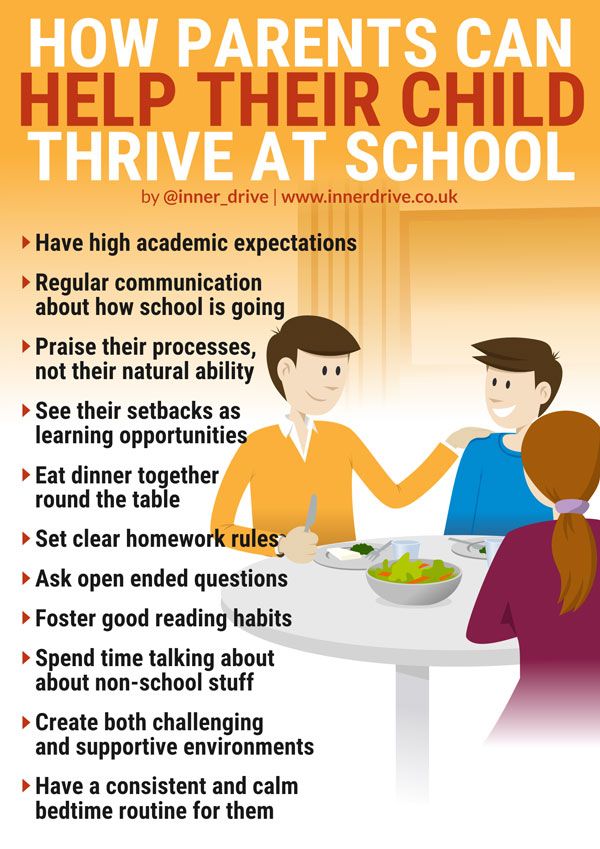 Kids’ creative potential is truly limitless here. And they can “publish” these texts for real audiences. For example, NPR runs a yearly student podcast challenge with real prize money!
Kids’ creative potential is truly limitless here. And they can “publish” these texts for real audiences. For example, NPR runs a yearly student podcast challenge with real prize money!
Putting these strategies into action
Reading and writing don’t take place only at school. They are essential activities in everyday life. And they involve skills that we develop over time with purposeful support from teachers.
Your official job title might not say “teacher,” but you are a huge influence in your child’s life—and that makes you a teacher. These family strategies for reading and writing don’t require special training, only that you and your child spend some quality time talking, reading, and writing together. You’ve got this!
Strategies for reading and understanding texts
Content
- What are the strategies for reading and understanding texts?
- How do parents of children with dyslexia find support?
- Are there reading programs in kindergartens?
- At what age should a child learn to read?
- How does reading affect the worldview?
- Is the so-called “SMS language” a danger or an alternative?
Alexander Nikolayevich Kornev, Doctor of Psychology, Candidate of Medical Sciences, answers questions.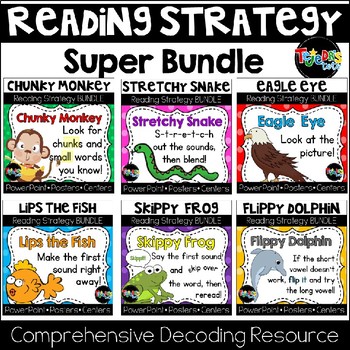 A person who has been studying the meaning of texts for many years.
A person who has been studying the meaning of texts for many years.
What are the strategies for reading and understanding texts?
Alexander Nikolaevich: Despite the fact that reading is an important and significant area in our lives, one cannot fail to say that this is a serious work that requires considerable effort. An adult becomes able to read, loves to read after he, while a child, has been learning this for quite a few years. We can say that reading is the art of penetrating the text. What we understand by reading is a synthesis of the information contained in the text and our knowledge. Each of us has accumulated our own life experience and, reading the text, we give rise to individual associations. These associations and depth of immersion in the text vary greatly from reader to reader. It is a mistake to think, as they often say in school, that the author laid down some content, and the task of the student is to learn how to extract it. In fact, everything is more complicated: in the process of reading, a kind of dialogue between the reader and the text takes place, which gives rise to the result .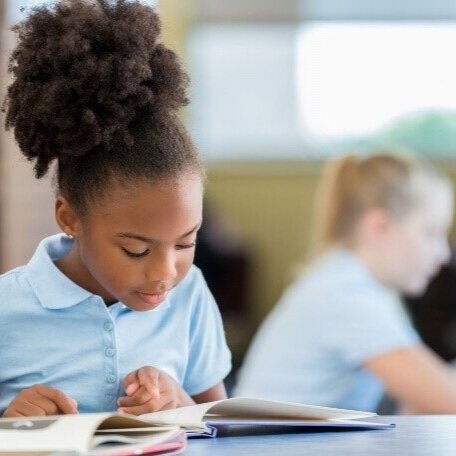
In order to penetrate into the process of reading and understand it, a number of studies were carried out using the eye-tracking procedure - tracking eye movements during reading. Research has shown that adults have different strategies for scanning text.
Continuous fast reading
Continuous fast reading strategy, when the eye goes through all the lines, one by one. This strategy is not the most efficient, and it is also quite time consuming. The study was conducted on a sample of students and it was determined that 10-15% of them have only this strategy. And, accordingly, even when it is not needed, they still spend a lot of effort and time using it. The school has different priorities, so the use of a variety of reading strategies is not taught there.
Selective reading
Another strategy is selective reading, where the reader selectively reads what interests him and skips the rest. It is more economical than the previous one. It is often used by competent readers.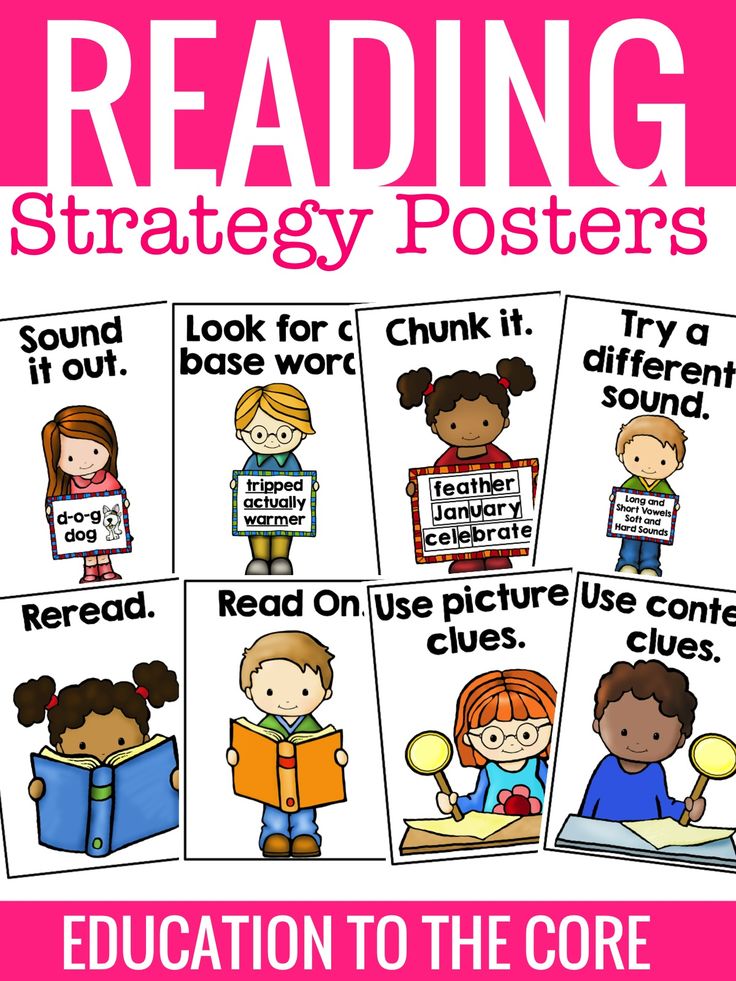
Diagonal reading
The extreme expression of selective reading is called "diagonal reading". Skimming through the text, the reader chooses the key points of the content of the text and synthesizes the whole. This strategy is the most economical, but requires special training. Although some master it on their own.
A person with functional reading literacy has a range of strategies and can use them flexibly. This is the ultimate goal of what the school should teach. So far, unfortunately, this has not happened.
It is also impossible not to say that there are children who, having quite sufficient mental abilities, intellect, spending many years at school cannot learn the full skill of reading. For some children, this concerns mainly reading technique, for others, understanding also complements the problem.
Many of these children are not visible, and their difficulties are invisible not only to teachers, but also to parents. This was shown by recent mass surveys, which were initiated by the Association of Parents of Children with Dyslexia.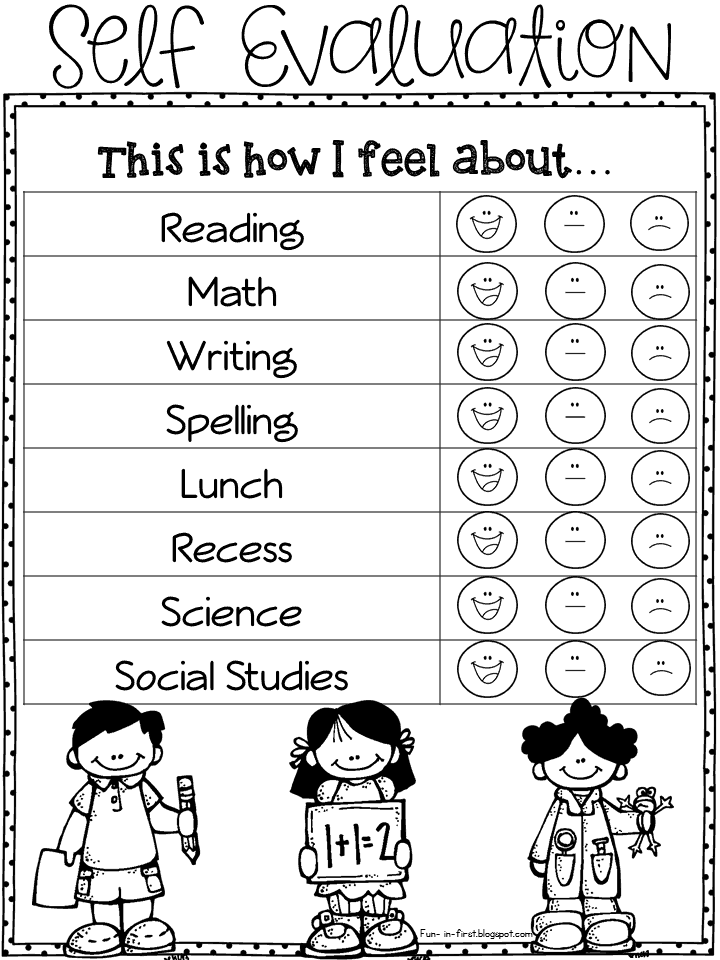 These children experience enormous hardships, but often do not receive help. Studying them is just one of our tasks. In Russia, this problem, unfortunately, has not been actively studied for many years. And now the Laboratory of Neurocognitive Technologies of the National Research Center and the Department of Logopathology of the St. Petersburg Pediatric Medical University in Russia are perhaps the most active in such studies.
These children experience enormous hardships, but often do not receive help. Studying them is just one of our tasks. In Russia, this problem, unfortunately, has not been actively studied for many years. And now the Laboratory of Neurocognitive Technologies of the National Research Center and the Department of Logopathology of the St. Petersburg Pediatric Medical University in Russia are perhaps the most active in such studies.
Representatives of different sciences participate in these studies, because reading requires the use of resources of a very different nature: cognitive, physiological, linguistic. And psychologists, linguists, psychophysiologists and doctors are participating in the study of this issue. Interdisciplinarity for the development of this problematic is very important.
How do parents of dyslexic children find support?
Alexander Nikolaevich: This question is very topical and difficult. I would divide parents into 2 categories: the first, not very numerous, those who try to find help, do their best, literally devote themselves to helping the child.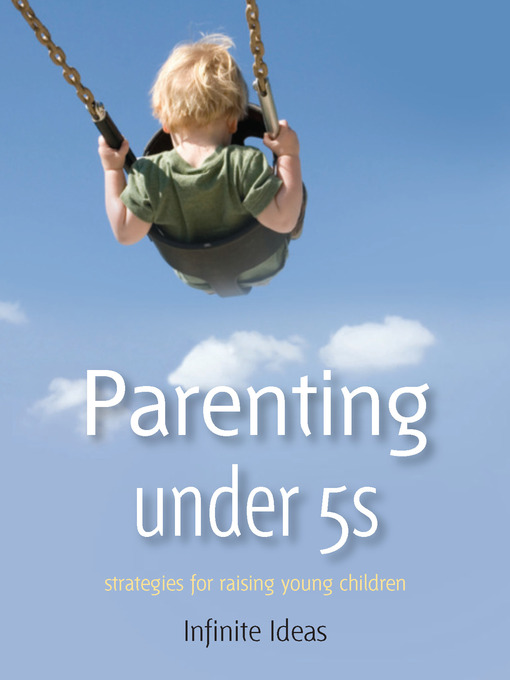 And, most importantly, they treat him sympathetically, condescendingly, psychologically support him.
And, most importantly, they treat him sympathetically, condescendingly, psychologically support him.
And another category is parents, who, alas, underestimate the seriousness of this deficiency and the severity of the child's experiences. Often, they see the reason for the child's lagging behind in negligence, bully the child, forcibly force him to read a lot. As a result, they exacerbate the child's feelings, but do not help.
It turns out that actually far fewer parents seek help than needy children, and also because at the moment there is no network of centers where dyslexics would be helped effectively.
Therefore, we are going to meet ourselves. We go to schools, because often such children remain unidentified. And we are starting to move towards providing assistance, including with the help of a specially developed digital methodology hosted on the SLOGY.RU online platform. The creation of a digital methodology has made it possible to make a breakthrough in the provision of effective and affordable assistance. Because anywhere in Russia, anyone who has access to the Internet can get help, even if there is no speech therapist nearby.
Because anywhere in Russia, anyone who has access to the Internet can get help, even if there is no speech therapist nearby.
Are there reading programs in kindergartens?
Alexander Nikolaevich: Of course, there is. There are several such recommended lists in preschool education programs. They contain works that are read to children. And they are sorted by age. But the fact is that reading aloud to children is an art. Being a reader does not mean just reading. And when it comes to children, this is especially important.
First, the reading must be expressive and artistic. Secondly, it should not be formal.
For example, this is what is called reading-dialogue, when the reading of a fairy tale is interspersed with a conversation, a dialogue with children. When they are invited to give their opinion. Not the one that is imposed on them, but their own impression that arose when listening to a fairy tale. Unfortunately, many institutions do not pay serious attention to this. This kind of reading, fairy tales, narratives allows, if it is done correctly, to infect the child with an interest in stories. First, an adult reads them, and then the child wants to do it himself. Of course, the family plays a huge role here.
This kind of reading, fairy tales, narratives allows, if it is done correctly, to infect the child with an interest in stories. First, an adult reads them, and then the child wants to do it himself. Of course, the family plays a huge role here.
Studies have shown that the more parents are interested in reading, the more often they read, the more likely that the child will develop an interest in reading. And it helps a lot if the child has difficulties. That is, a lot depends on the attitude of adults to the book, on the value position of reading.
Unfortunately, in our society, this is not as good as we would like. And adults began to read less often, and children are much less likely to reach for a book. In other words, this is a social problem, and not just a methodological one.
At what age should a child learn to read?
Alexander Nikolaevich: if we talk about the average figures that are known, then this age coincides with the beginning of schooling - 6. 5-7 years. It takes about three years to master the technique of reading. And then the child feels more free in the space of the text and begins to enjoy, he develops interest. He reads of his own free will, and not because he was told at school. But there are many exceptions: there are children who, at the age of three or four, learned to read on their own. However, it is difficult to predict the likelihood of such an early reading acquisition. It is partly genetically determined, but the contribution of the environment is also great: at the end of 19- At the beginning of the 20th century there was a tradition of family reading, when adults read aloud to each other. The kids got into it too. Alas, this tradition has died out and is very rare now, and this infects the child - children have well-developed imitation, and if they see that adults are interested, they become interested too. And they are trying to get into this world. Therefore, the value position of reading, in my opinion, is very important.
5-7 years. It takes about three years to master the technique of reading. And then the child feels more free in the space of the text and begins to enjoy, he develops interest. He reads of his own free will, and not because he was told at school. But there are many exceptions: there are children who, at the age of three or four, learned to read on their own. However, it is difficult to predict the likelihood of such an early reading acquisition. It is partly genetically determined, but the contribution of the environment is also great: at the end of 19- At the beginning of the 20th century there was a tradition of family reading, when adults read aloud to each other. The kids got into it too. Alas, this tradition has died out and is very rare now, and this infects the child - children have well-developed imitation, and if they see that adults are interested, they become interested too. And they are trying to get into this world. Therefore, the value position of reading, in my opinion, is very important.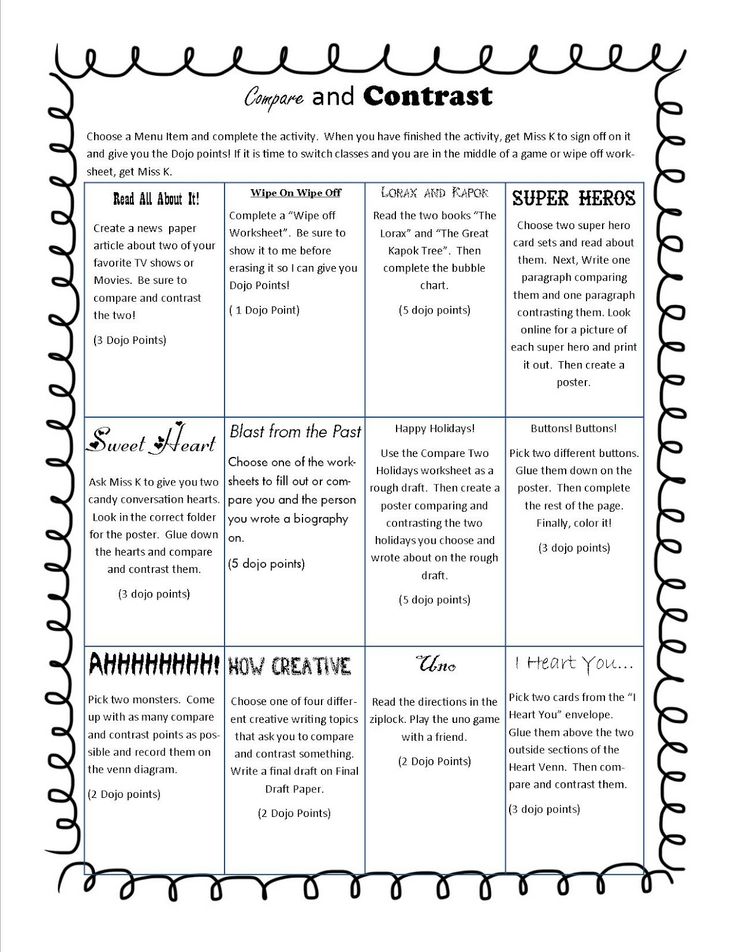
How does reading affect the worldview?
Alexander Nikolaevich: When a person reads a book, he creates an imaginary world, forms his own "image of the text", reflects and draws his own conclusions. By thinking, he develops his brain. Figuratively speaking, it builds a kind of processor in the brain that can process texts and extract meanings. On the other hand, literary texts enrich the child's personality. Because in fiction we are given a colossal layer of experience that we are deprived of in real life. And it helps personal growth. This contribution is, of course, invaluable. I'm not talking about the benefits for the development of speech and the enrichment of vocabulary.
Is the so-called “SMS language” a danger or an alternative?
Alexander Nikolaevich: There are different points of view regarding the language of communication on the Internet and its integration into our everyday communication, speech, but they can rather be called opinions - this topic has not yet been seriously studied not only in Russia, but also in the world .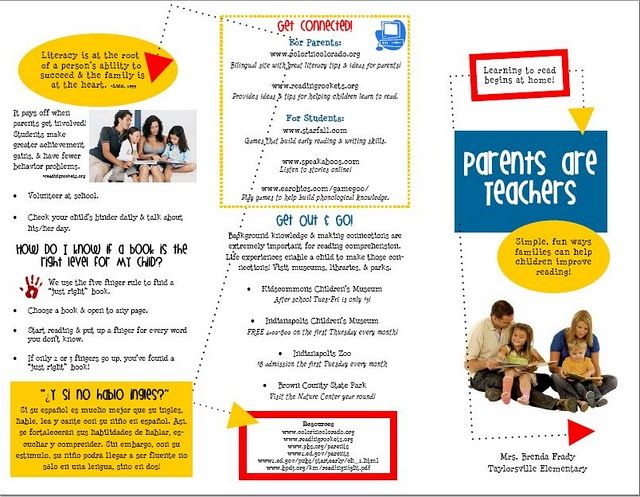 In my opinion, cause and effect are often confused here. That is, it's not about the Internet, not about SMS, but about the language poverty of a considerable proportion of the population.
In my opinion, cause and effect are often confused here. That is, it's not about the Internet, not about SMS, but about the language poverty of a considerable proportion of the population.
If a child or an adult has a need to communicate with a book, he will not replace it by flipping through pictures or something like that. But if there is no gravity, then the void can be filled with anything.
It is impossible not to mention the change in culture and oral language, which, alas, is not growing in our country, but rather falling. Thus, a vicious circle is created - the poverty of the dictionary makes it difficult to understand the text, and little reading experience limits the growth of vocabulary. And we see this clearly and concretely. Children, reading texts of literature, especially classical ones, sometimes do not understand up to a third, or even half of the full meaning of words. A colleague will add to my words.
Ingrida Balciuniene: I am Associate Professor of the Department of Logopathology at the Pediatric Medical University and Vytautas Magnus University (Kaunas, Lithuania).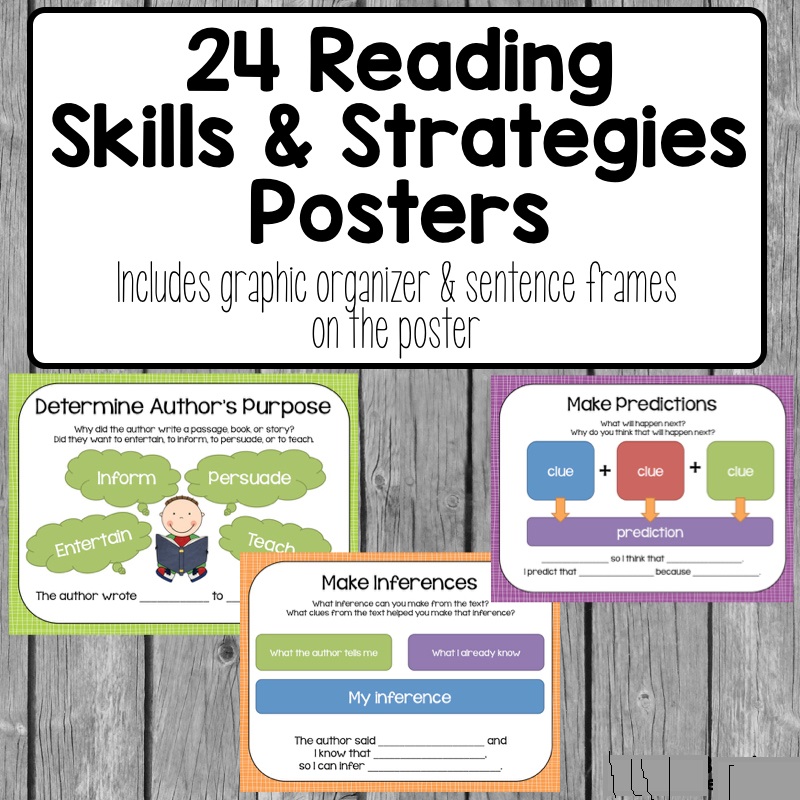 I study reading problems both there and here. I would like to draw attention to the frequent complaints from parents and teachers that the child does not want to read and does not like the book. He is happy to “sit in a laptop or phone”, but does not want to take up reading. Often in response to this complaint, advice is given: give him an e-book, download it to the tablet, and let the child read and develop. I don't think this is an option. Digitizing a book when the child is presented with the same material on a tablet screen will not help. Book speech is complex, it is characterized by long complex sentences, low-frequency and therefore unfamiliar words to the child. In order for the e-book to really help and the child to read with pleasure, additional technological solutions must be taken. For example, interactivity, intertextuality - so that the child can click on any word that he did not understand, and with this click he would open a definition, an explanation. Such active meaningful and meaningful reading can partially help solve this problem.
I study reading problems both there and here. I would like to draw attention to the frequent complaints from parents and teachers that the child does not want to read and does not like the book. He is happy to “sit in a laptop or phone”, but does not want to take up reading. Often in response to this complaint, advice is given: give him an e-book, download it to the tablet, and let the child read and develop. I don't think this is an option. Digitizing a book when the child is presented with the same material on a tablet screen will not help. Book speech is complex, it is characterized by long complex sentences, low-frequency and therefore unfamiliar words to the child. In order for the e-book to really help and the child to read with pleasure, additional technological solutions must be taken. For example, interactivity, intertextuality - so that the child can click on any word that he did not understand, and with this click he would open a definition, an explanation. Such active meaningful and meaningful reading can partially help solve this problem.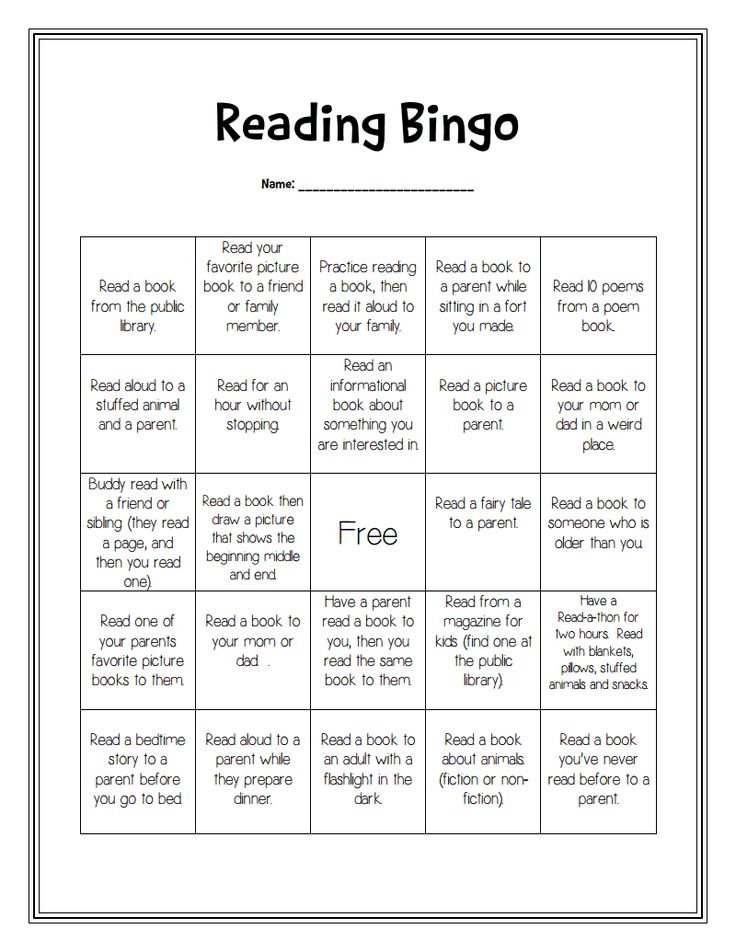
Alexander Nikolaevich: And I would add that the contribution of parents can be very large. Alas, in my experience, this happens quite rarely. Reading aloud to children usually ends at the age of 2-3 years and rarely, rarely reaches the beginning of schooling. And when a child has learned to read, parents for some reason think that since he can do it himself, now he no longer needs to read aloud. In fact, it is only after three or four years that the child will begin to understand in any depth what he is reading. This emphasizes the fact that reading aloud by an adult is also necessary for a child at school age. And in many countries this is cultivated: there is even an international society of narratologists, which specifically shares its experience and develops appropriate methods for reading and telling stories to children. You need to make time and spend it reading aloud to your child. Of course, every adult has his own life and his own troubles, but this contribution can hardly be overestimated, because it is a contribution to the formation of the child's personality. And if a child has been taught to appreciate the text and the word at this stage, then self-development will work autonomously.
And if a child has been taught to appreciate the text and the word at this stage, then self-development will work autonomously.
The material was created on the basis of the presentation by Professor Alexander Nikolayevich Kornev and the research group of the Laboratory of Neurocognitive Technologies of St. Petersburg Pediatric University at the Book Lighthouse festival.
"Semantic reading strategies" research work
SLIDE 1
phrases. What is their meaning? They can be read in different ways.
Learning is impossible not to learn!
Execution cannot be pardoned!
- Read the phrases.
- Why do opinions differ?
- What depends on the punctuation mark?
- Everyone has their own meaning. Everyone will read this phrase in your own way.
There are readers, there are readers. Readers read and carry, as in a briefcase. While inside - the walls are thick, but how did you pull it out - portfolio is empty.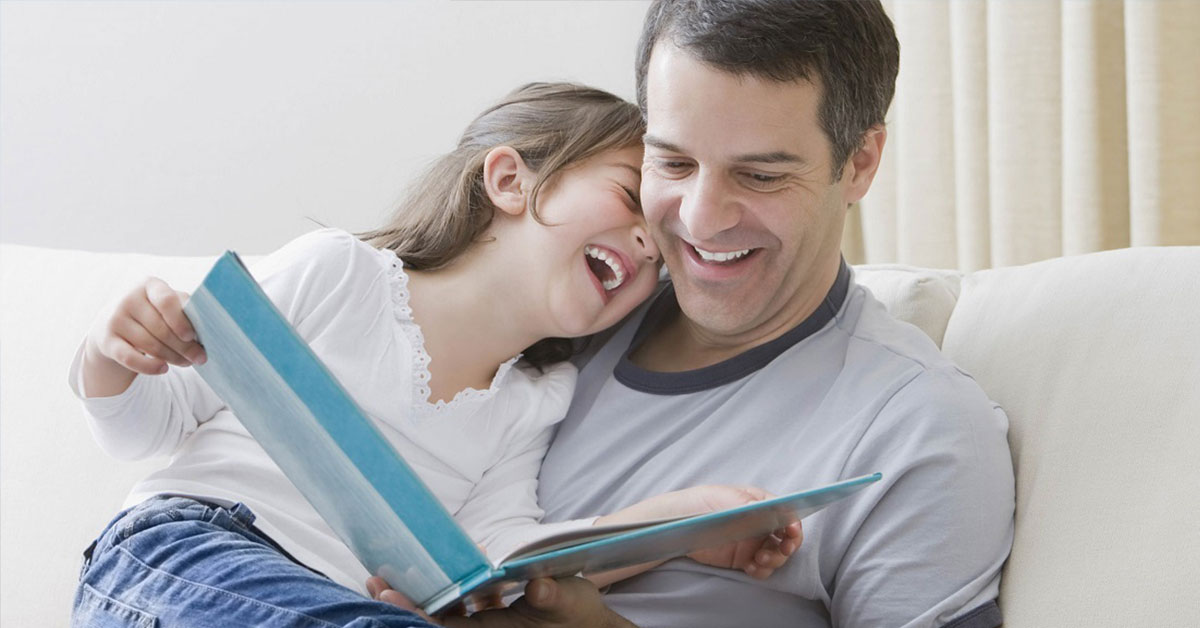 Readers absorb and absorb like a sponge. How it was absorbed - the weight has increased, but how it is squeezed out - it is required to fill. Reading from reading is excellent. And you say: what to read? Not what, but how. Although that is also important!
Readers absorb and absorb like a sponge. How it was absorbed - the weight has increased, but how it is squeezed out - it is required to fill. Reading from reading is excellent. And you say: what to read? Not what, but how. Although that is also important!
SLIDE 2
Pedagogical research topic Semantic reading strategies: step by step.
Today there is a decrease in interest in reading. Understanding the role of reading, I see the main mission is to arouse in their students an interest in reading and return to the rank active readers, not only high school students, but also their parents.
I was amazed data of the Federal Press Agency:
1. The share of Russians has increased not at all reading or reading from time to time. In 2005 79% of Russian residents read at least one book a year, in 2012 - 63%. And most disturbing, share of systematically reading youth decreased from 48% in 2005 to 28% in 2012.
2. Family reading lessons have gone into oblivion: in In 1970, 80% of families regularly read to children, today - only 7%.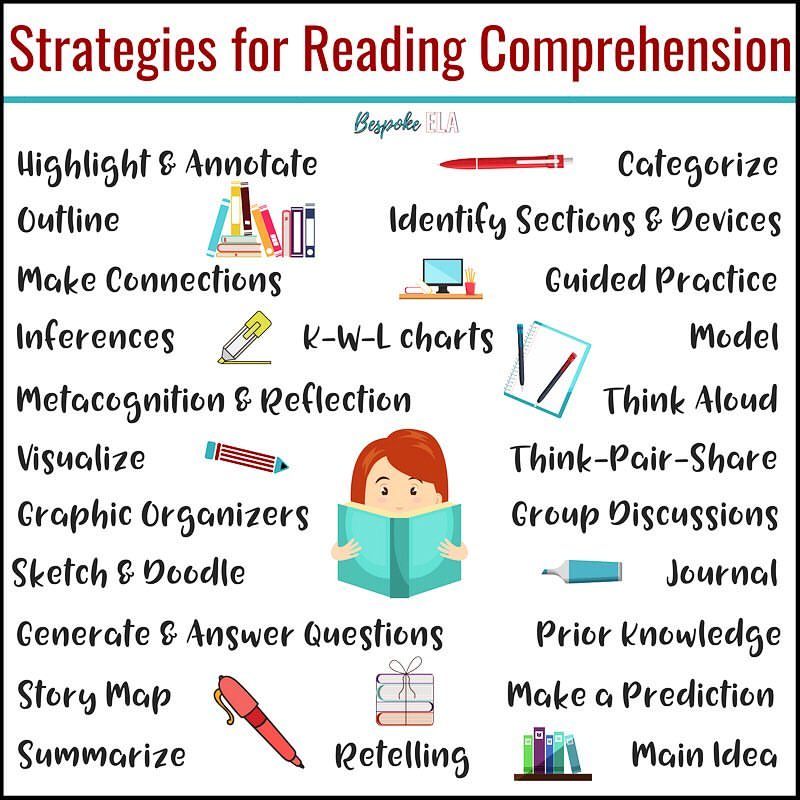
I see it as a big social risk, because reading is the most important way of mastering vital information, without it it is impossible to develop a personality with the whole complex of spiritual, intellectual and emotional traits.
Therefore significant place I give to work on raising the prestige of reading as a cultural values, intensifying this process.
Teaching children literate semantic reading systematically at all without exceptions in the classroom and in the process of extracurricular activities. Today it is one of targets of GEF IEO.
After all, strong and conscious reading skills are largely promote the acceptance and development of a social role by younger students students, the development of motives for educational activities and the formation of personal the meaning of the teaching.
Analysis of the new educational standard led me to the idea of the need to use in my pedagogical practice of innovative methods and techniques that allow you to create conditions for the development of students' cognitive activity on the basis of semantic reading, striving for independence, for self-education and self-realization, which is the main priority of modern education.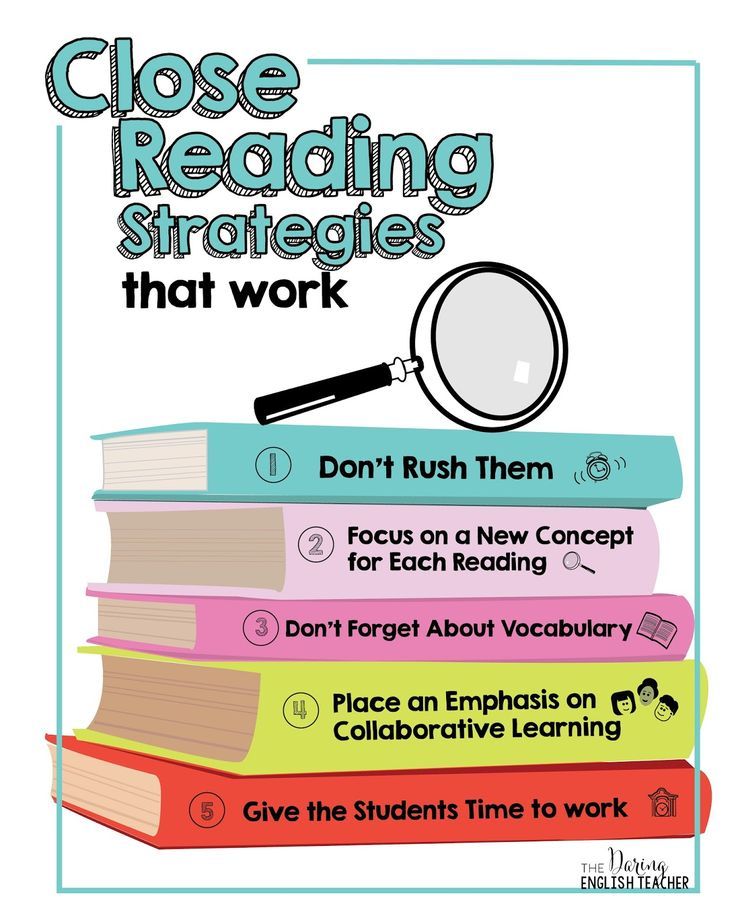
Therefore, planning my professional activities, I set myself next target :
SLIDE 3
- creation of conditions for the development and socialization of the individual, in the process of mastering learning spiritual, intellectual and emotional qualities through teaching meaningful reading strategies.
Determined for yourself the solution of the following tasks :
SLIDE 4
1. Spend diagnosing the formation of aspects of semantic reading;
2. implement in the practice of their work, innovative methods and techniques of semantic reading;
3. Form author's bank of methods and techniques for teaching semantic reading strategies.
4. Create a model for the phased implementation of semantic reading strategies "Step by step".
SLIDE 5
Hypothesis: if students master the strategies of semantic reading, then their level meta-subject training will increase, and educationally important qualities are improved.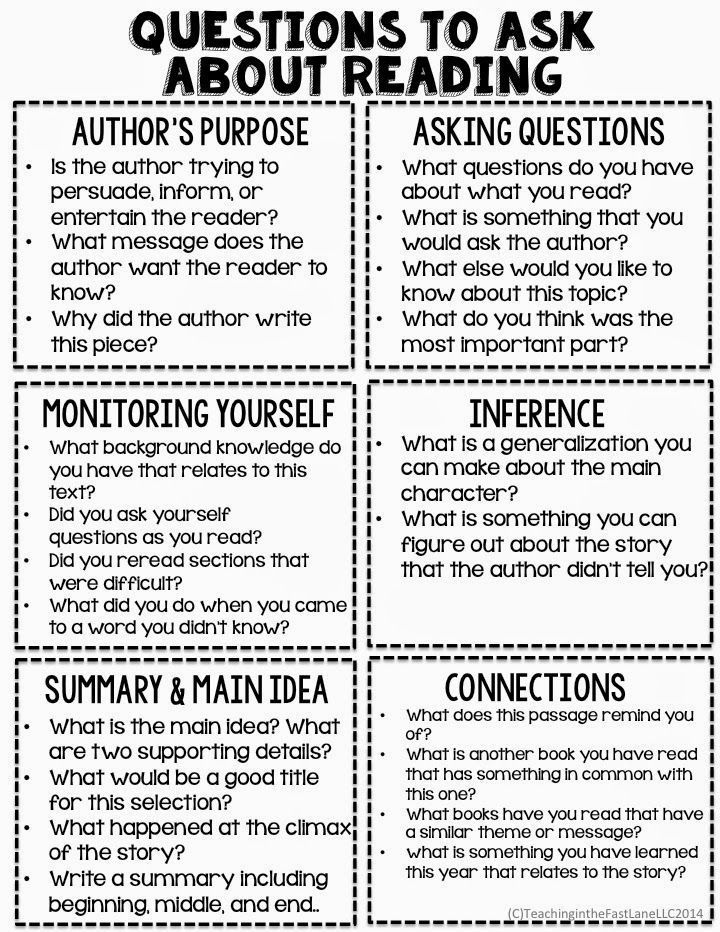
Analyzing the process semantic reading, I used the experience gained in research various types of activities based on the concept of activity system genesis (V.D. Shadrikov, A.V. Karpov, N.V. Nizhegorodtseva, etc.).
Special interest I was provoked by the ideas of Zinaida Ivanovna Klychnikova. According to her, the process of reading does not end only with the understanding of the text, but continues with the acceptance from the outside reading some decision leading to the improvement of his personality.
According to Federal Educational Standard of Primary General Education (Chapter 1 p. 8) one of the main results of education is the formation of UUD. Semantic reading is a factor in the formation of UUD, because. programs for various subjects are based on the ability to process information, and one of meta-subject results of mastering the OOP, LEO becomes the ability to work with various sources of information.
As a result theoretical analysis of literature, methodological materials, normative documents, I highlighted educational and important qualities that ensure readiness elementary school students to learning semantic reading.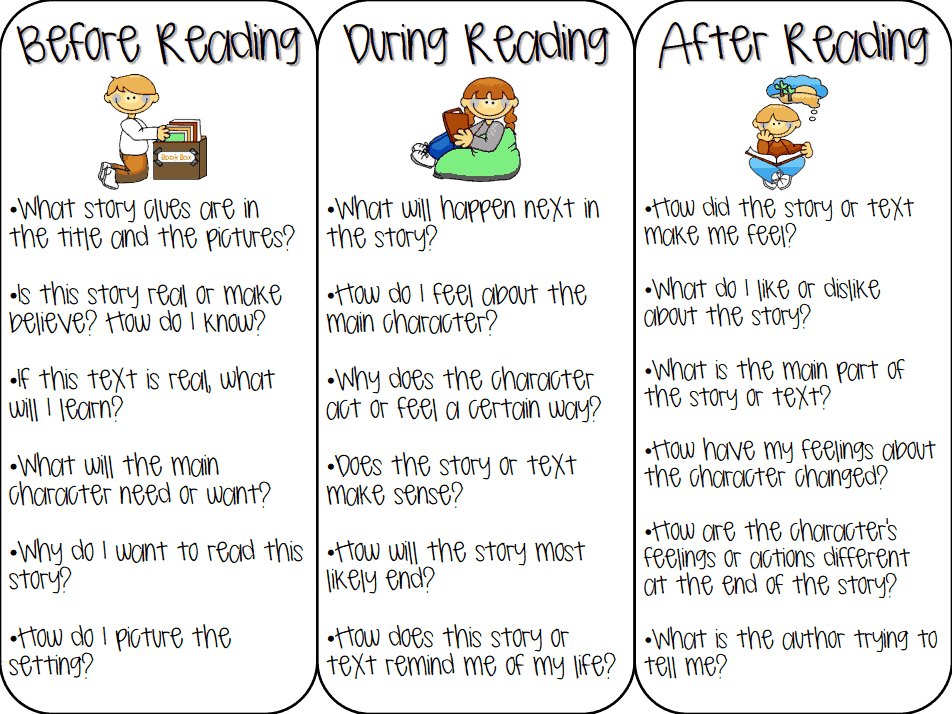
SLIDE 6 HS?
Component the composition of semantic reading is presented in the table:
| No. p/n | Functional semantic reading training unit | Educational and important quality (UWC) | Method studies UVK |
| 1 | B personal-motivational highlighted | - school motivation
- interest in reading | - "Definition motives of teaching” M.R. Ginzburg - "Attitude towards reading" ??? |
| 2 | Representation on the content of activities and methods of its implementation is presented by such UVK, like … | - speech development
- understanding the meaning of the text (topic, title, questions to the text) | - "Listen and tell" O. - |
| 3 | B information included | -logical thinking
- arbitrariness attention - arbitrary memory | - "The fourth extra" N.P. Lokalova - "House" N.I. Gutkina - "10 words”, “10 pictures” by A.R. Luria |
First work phase (diagnostic) was directed to carrying out diagnostics of educationally important qualities of the structure of semantic reading. Results diagnostic study :
B September 2009, with the help of a psychologist, students of grade 2 A underwent the following group diagnostics and individual examinations.
SLIDE 7, 8, 9, 10, 11
Analyzing the results of the diagnostics, I found that positive motivation for school had 95% of the guys.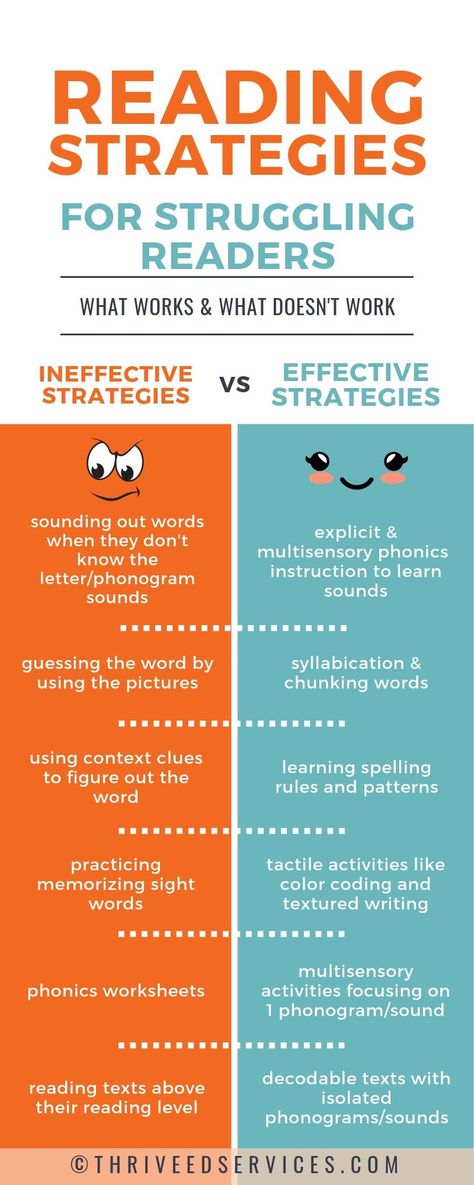 Diagnostics of cognitive processes showed that thinking is quite well developed in 71.5%, attention in 66.5%, better developed auditory memory in 76.8%, visual memory in 71.5% of students. 57% of my children have very low level of speech development. 57% of children still read daily, among of parents 68% read the press, and 11% read fiction, only 23% read to their children, and even fewer (17%) discuss what they have read with their children.
Diagnostics of cognitive processes showed that thinking is quite well developed in 71.5%, attention in 66.5%, better developed auditory memory in 76.8%, visual memory in 71.5% of students. 57% of my children have very low level of speech development. 57% of children still read daily, among of parents 68% read the press, and 11% read fiction, only 23% read to their children, and even fewer (17%) discuss what they have read with their children.
ON Based on the analysis, a bank of methods was formed, which helped in the work on identified problem.
While working on the text, I identified 3 main strategies:
SLIDE 12 + + +
1. Search information and reading comprehension;
2. Conversion and interpretation of information;
3. Grade information.
| Search information and reading comprehension | Conversion and interpretation of information | Grade information |
| 1. 2. Interactive games 3. Forecast content 4. Text with gaps 5. Yes-no 6. Morphological piggy bank 7. Knowledge Wheel 8. Fishbone 9. Creating verbal paintings, filmstrips, screenplays | 1. Parallel texts 2. I know - I want to know - Learned 3. Mosaic 4. Double (triple) diary 5. Reader's diary - portfolio 6. 6 thinking hats 7. (role, audience, form, theme) RAFT 8. Reading with notes 9. Plus, minus, interesting 10. Create a portrait
|
1. Interactive games 2. Word associations 3. Decision tree 4. Creative tasks 5. Interview 6. Family Reading Lessons 7. Reader's conferences |
For myself I identified a group of the most effective techniques.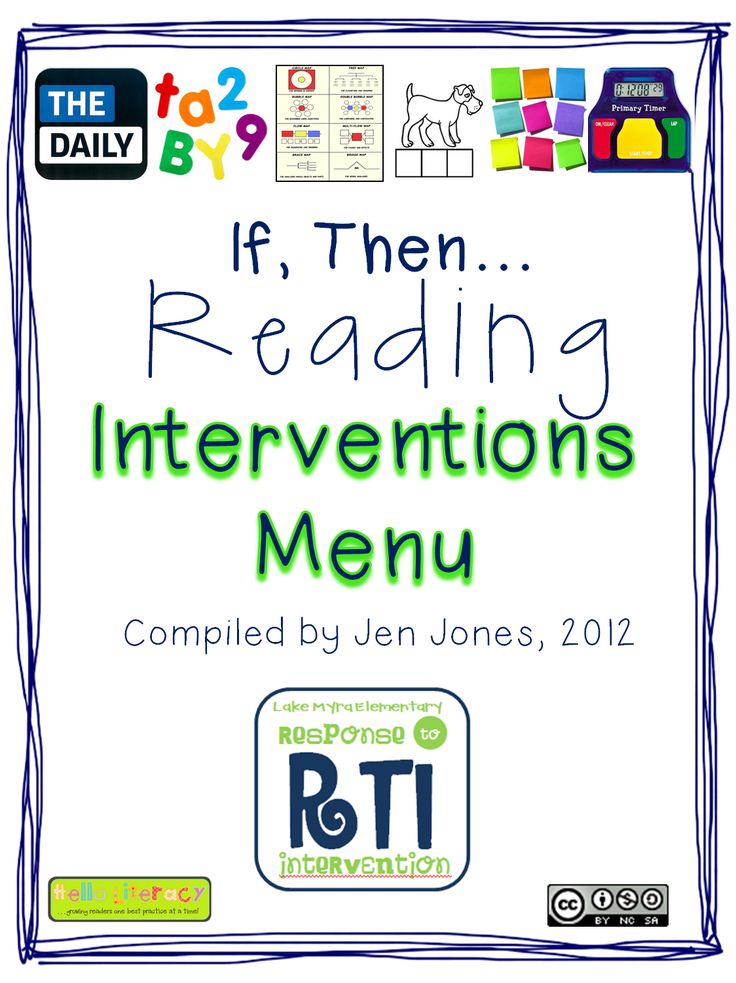
Information search already at the 1st stage it becomes more productive with the active use of the technique fishbone ,
+ + + GS (on fish skeleton slide) SLIDE 13, 14
which through key concepts expresses the essence of the problem posed in the lesson. Children act according to the algorithm: I read - I search - I understand, while expressing their understanding through model creation. This is the model the children created at the lesson of the world around them. study of the theme "Desert". This technique is rational and in the implementation of all the strategies I outlined and at all stages of learning . ++
Using reception "Morphological box " +
students create interactive information piggy banks on various subjects. Today at in our arsenal of piggy banks of geometric shapes, parts of speech, members of a sentence, wintering birds of the city of Raychikhinsk, trees of the Amur region, created in the programs Powerpoint, Word, Paint.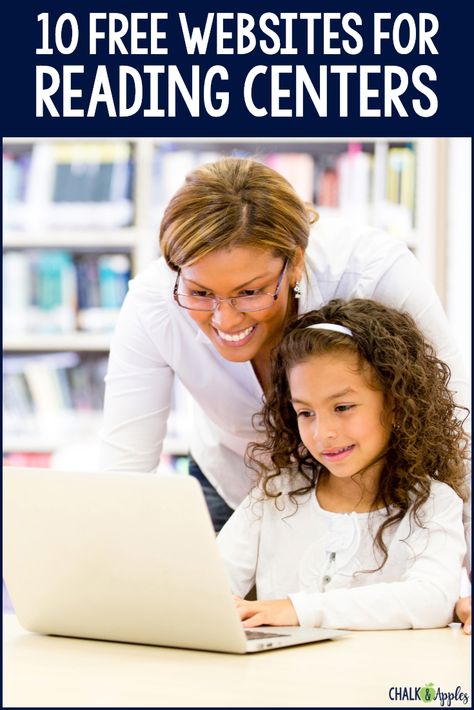 The piggy bank created by the children is cross-cutting, they are supplemented, expanded, are corrected.
The piggy bank created by the children is cross-cutting, they are supplemented, expanded, are corrected.
ON at all stages of teaching semantic reading strategies the most relevant were interactive and didactic games. +++++ Exactly they provide positive impact on the development of cognitive interests, attitude towards teaching. Coloring with folklore motifs such games as "Carousel", “Translator”, “Artist”, I was able to get the support of my initiatives, saw the support of children and together were able to appreciate each other.
Teaching reading with purpose transformation and interpretation of information, based on existing knowledge and an experience.
In order for the text to be assimilated and interpret successfully, where analysis is required of not one text, but several, I I use case studies.
Double (triple) diary + GS, home
allowed help children connect the content of the text with their personal experience.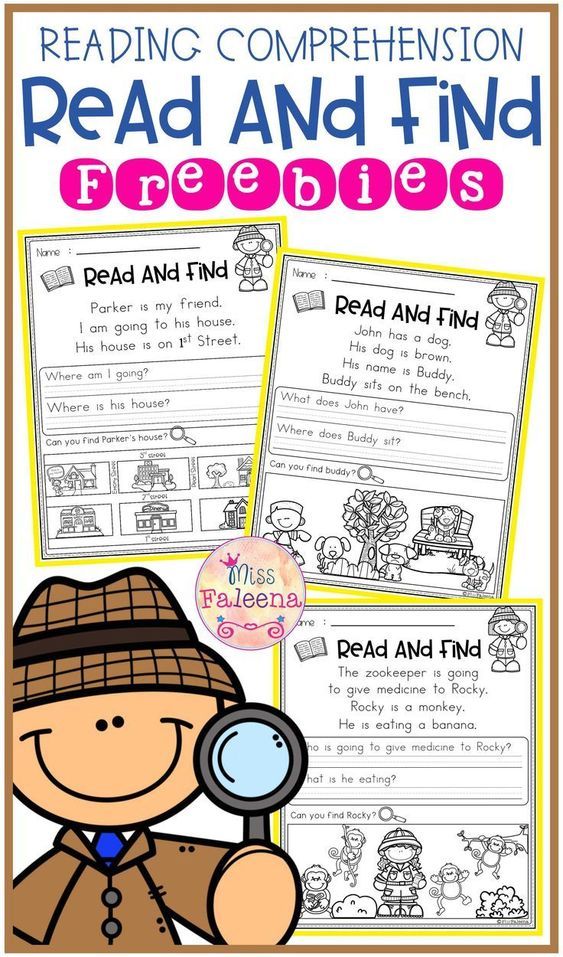 From one sides are written fragments of text that made a special impression, caused the guys some memories, associations with episodes from their own life. On the other hand, they comment: what thoughts did the quote evoke? What kind thoughts come up? I stepped a little further. The guys and I created a triple a diary. The third column - questions to ... the author of the text, teacher, parents, friend friend.
From one sides are written fragments of text that made a special impression, caused the guys some memories, associations with episodes from their own life. On the other hand, they comment: what thoughts did the quote evoke? What kind thoughts come up? I stepped a little further. The guys and I created a triple a diary. The third column - questions to ... the author of the text, teacher, parents, friend friend.
Next step this work was the creation of
"Reader's Diary" . + GS SLIDE 16
In front of you pages from a children's reader's diary. Created by my pupil. The guys write down the last name of the author and the title of the book, as a result it turns out a list of books he read, the names of the main characters, so that if necessary (for example, for storytelling in class), it was easier to remember contents of a book. There are also drawings, extracts of favorite places, experiences, feelings (double diary), the opportunity to ask a question to . .. (triple diary)
.. (triple diary)
SLIDE 17
But someone from it was easier for the guys to use the pages of special sites for this purpose and their editors. In their Diaries, my young readers, again resurrect the lines of the read work, give him one more meaning, give him another option for a new life.
SLIDE 18
move on to the next step - "Reader's portfolio". Reading bag helps work with a book not only in the library, in extracurricular classes activities, but also in all lessons.
SLIDE 19
portfolio "About Me", "My Achievements", children supplement its structure with sections, that distinguish a reader's portfolio from a student's portfolio: "Books that I I like to read”, “Reviews of books read”, “Reader's Dictionary”, “I want everything know", "Behind the pages of textbooks". My young readers come up with their own headings. For example, "Writers - anniversaries", Art cases where children select texts for the same topic (artistic, scientific, written by the guys themselves), pictures for these texts and even music.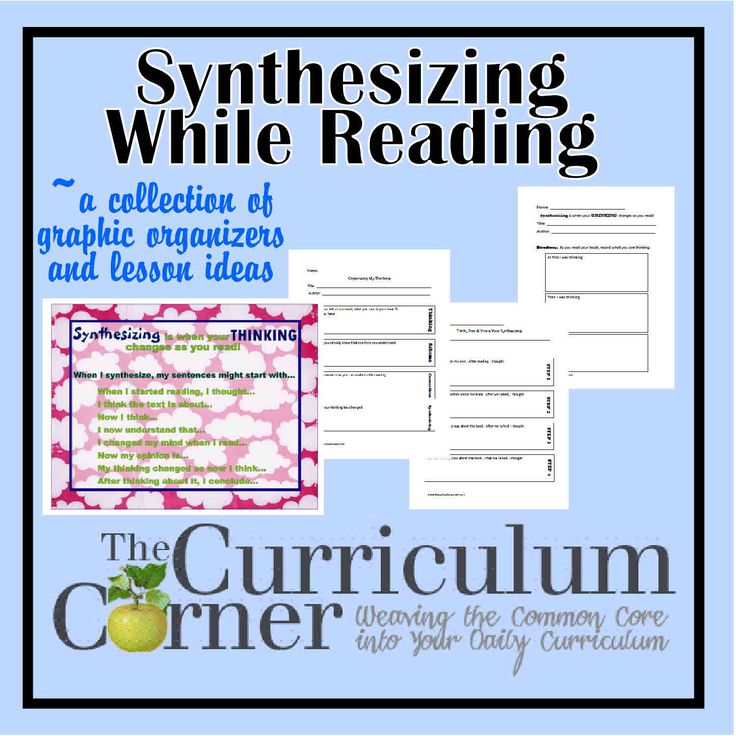 Some guys use computers for this. programs. Here's what happens. SLIDE 20.
Some guys use computers for this. programs. Here's what happens. SLIDE 20.
We can easily find out by flipping through the pages students' reading portfolios, which books, which authors, genres, they like read.
The guys present both the books they have read and their "Reader's portfolios" at class reader conferences . ++
There are usually three of them, but the topics are different: “The wisest book”, The book that taught good”, “The book with which I do not I'm parting."
Speaking of "Reader's Conferences", We have now reached the stage of information evaluation.
Very it’s good if the child reads not only within the walls of the school, but also, when he comes home, he sees reading their parents, relatives. Introducing my students to reading is more successful, if families have a tradition of collective reading aloud, discussions books read. So in our class team the idea of lessons was born family reading.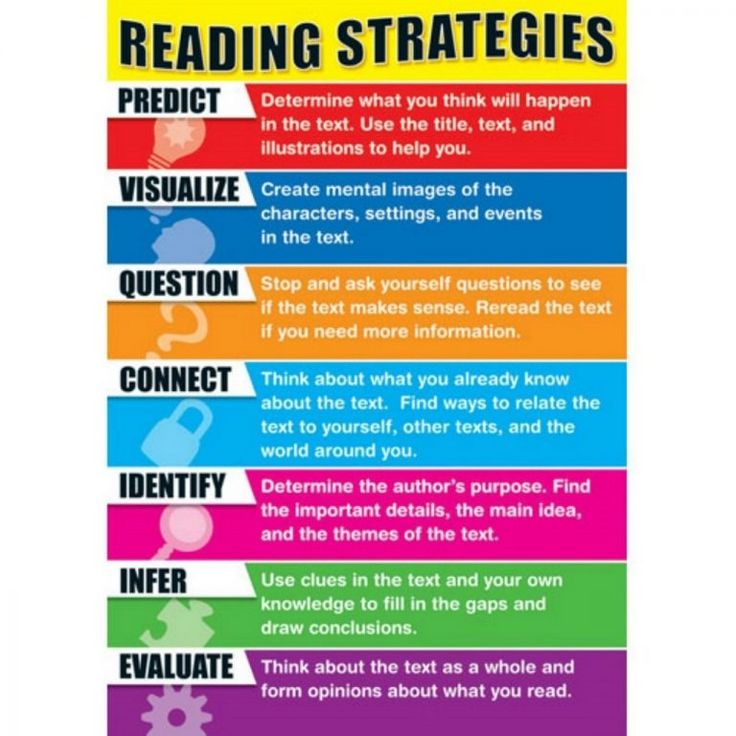 +
+
Such Lessons take place once a trimester. Thus, children are also involved in reading, and their parents.
++++
This work involves both me and my children in the wonderful world of books, shapes the world reading my wards, liberates them, and at the same time teaches them to formulate thoughts and speak correctly, develops a culture of speech.
SLIDE 21
B at the end of the 2011 - 2012 academic year among parents and children was held repeated survey Interest in reading. It showed:
86% (57%) of children began to read daily, among parents 24% (68%) read the press, and 48% (11%) - fiction, 61% (23%) read to their children, and they all discuss read with children.
At this stage, I consider it very relevant using creative tasks when working with text . created by me a whole collection of such tasks is in the guidelines:
I want to say a separate line about essays.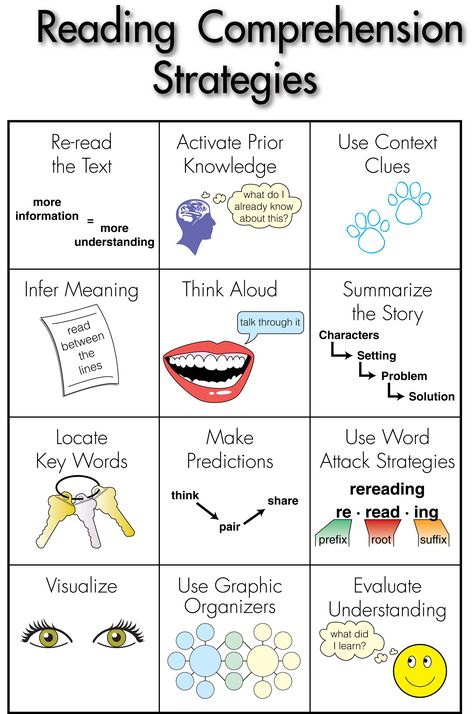 Essays are written in Russian language and literature lessons. However, they can be applied to any another lesson.
Essays are written in Russian language and literature lessons. However, they can be applied to any another lesson.
SLIDE 22 Description essays, story essays, essays-fairy tales, essays-riddles.
All tricks and tasks creative nature, which was discussed, help me in my pedagogical practice to significantly improve the quality of lessons, to intensify mental activity students, imagination, stimulates the development of the ability to learn, more fully perceive any work of art, any text.
So result of my work, I consider the positive dynamics of the level of training , as well as the fact that that high school students and their parents have an interest in reading in general.
B at the end of the 2011-2012 academic year, with the help of a school psychologist, final diagnosis.
Conclusions: SLIDE 23
1. The diagnostics of the formation of aspects of semantic reading showed that what
· there is a positive growth trend the level of school motivation, it increased by 5%; SLIDE 24
show positive growth results of the development of cognitive processes: SLIDE 25, 26, 27, thinking - by 14%, attention - by 11%, memory - by 12%, diagnostics of speech development - by 47%.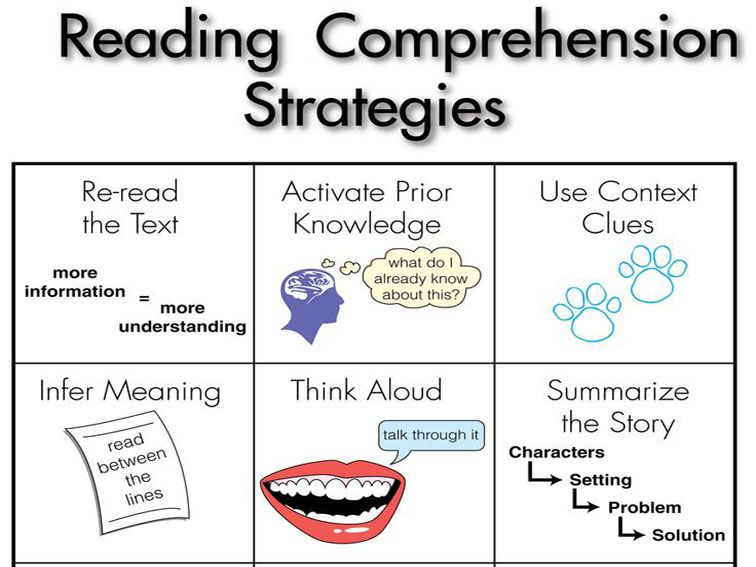
level of education for the period from 2009 to 2012 increased by 7%. SLIDE 28
Working on By creating the "Reader's Portfolio" my students got their first experience research activities. This allowed them to take part in academic readings. SLIDE 29
6 of my guys became winners and winners of the gymnasium stage of the Olympiads, and 3 people were winners and prize-winners municipal stage. We have become active participants in All-Russian competitions:
- "Russian bear cub - linguistics for all"
- Youth mathematical championship
- Youth philological championship
- team tournament "Znayki" and others.
a bank of methods and techniques for teaching semantic strategies was formed and tested reading, methodological recommendations for primary school teachers are given.
4. Created a model for the phased implementation of semantic reading strategies "Step by step".
All materials were presented to the team on the pedagogical council and posted on my personal website.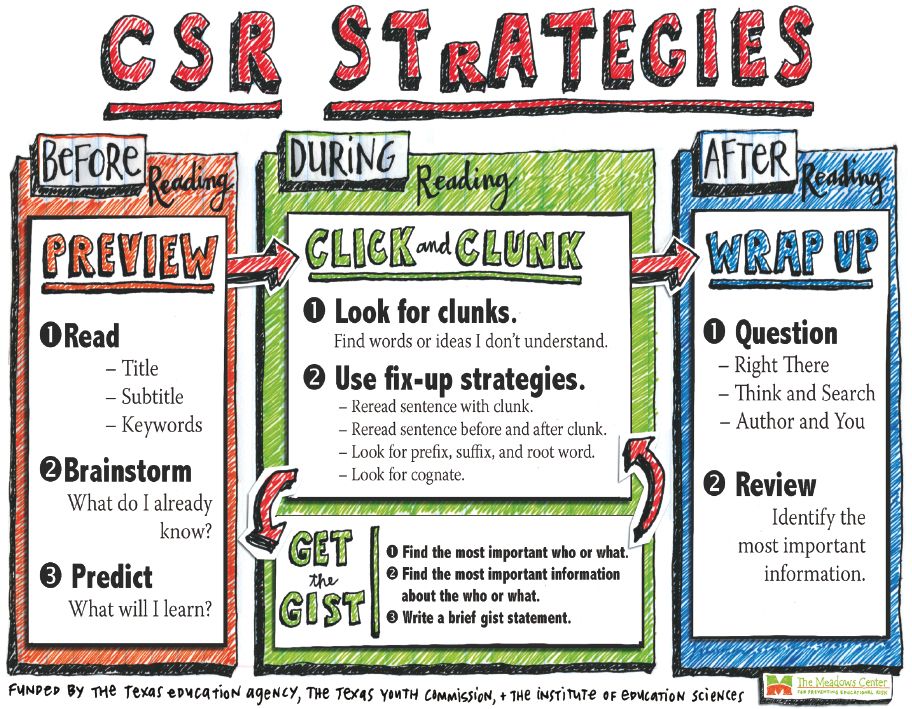 STOP!!!
STOP!!!
A student came to his mentor said: “Master! I'll stop reading books." "What is it?" the mentor asked. "Yes I don’t understand what is written,” answered the monk. “Child,” the elder said to him then, sheep, when they find juicy grass, grab it greedily and swallow it, not chewing, trying only to grab as much as possible, then, having already eaten, chew it up. So you, as long as you have time and opportunity, as much as possible, read books without laziness, and the dark will be light for you. Through reading understand the incomprehensible.
1. Vocabulary work. Reading words and explaining their lexical meaning.
2. Title text.
3. Determination of the topic of the text, main thought.
4. Selective reading. Find in text description of the hero, nature, etc.
5. Work on teacher issues, textbook or student.
6. Drawing up "thick" and "subtle" questions
7. Keyword selection
8. Yes-no
9. Fishbone
10.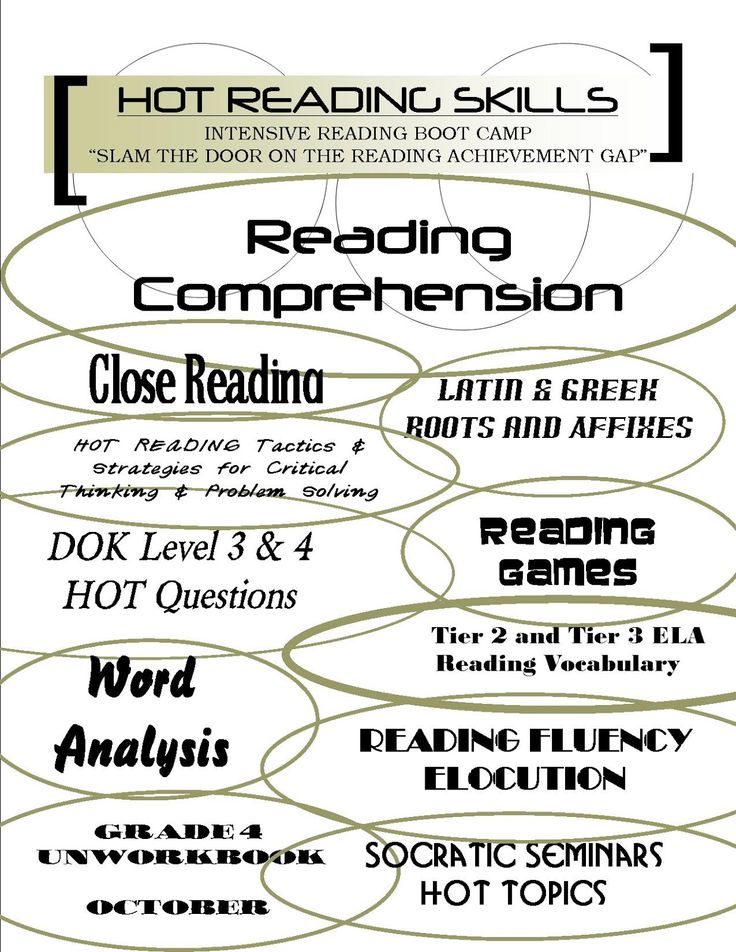 Content prediction
Content prediction
11. Brainstorming
12. Didactic games
13. Interactive games
14. Morphological box
15. Knowledge wheel 90 19 90 019 text: transformation and interpretation of information
1. Dividing the text into parts planning.
2. The retelling is detailed and concise.
1. "Missing word". Teacher reads the text and skips one word. Children must insert the correct word within the meaning of.
2. Recovery of logical text sequences. Articles from magazines, newspapers are cut into pieces, mixed and given to the student in an envelope.
3. Text recovery. A small text is written in large letters on a piece of paper, cut into small pieces. A team of 2-3 people restores the text. The task can complicate if pieces from other texts are put into the envelope or mixed several articles.
4. Distribution of offers.
5. Cluster (visual brain assault)
6. Double (triple) diary
7.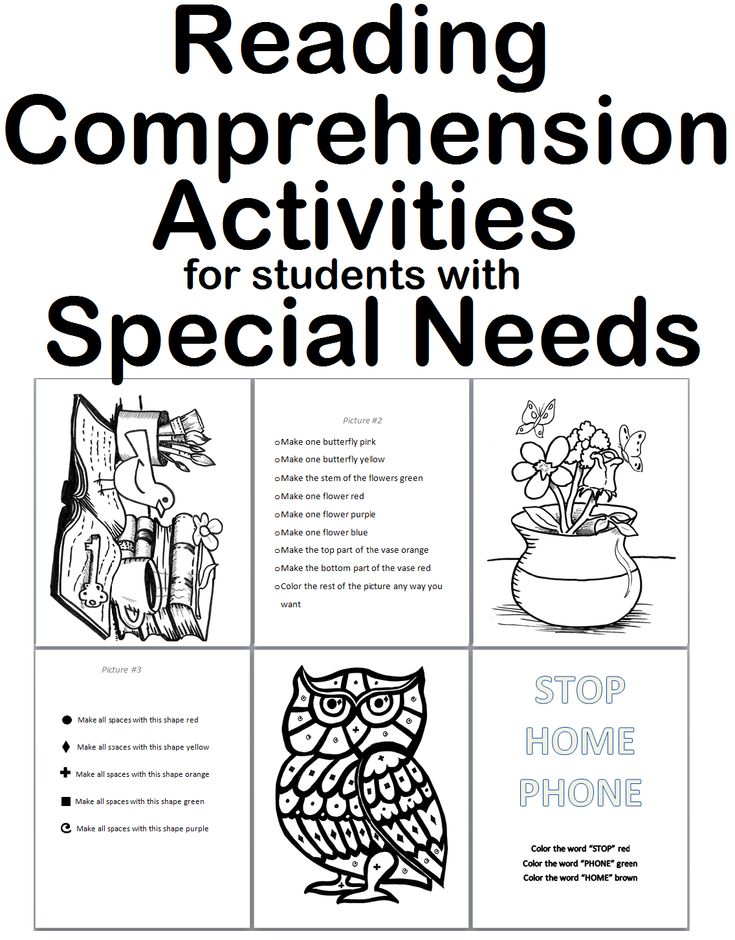 Reader's diary - portfolio
Reader's diary - portfolio
8. Parallel texts
9. I know - I want to know - I can
10. 6 thinking hats
11. Role, audience, form, theme (RAFT)
12. Reading with notes
13. Plus, minus, interesting
14. Create a portrait
Work with text: assessment information
1. Determining the type of text.
2. Drawing up a filmstrip. The text is divided into parts and distributed among the children. The student reads his an excerpt, draw a drawing for it and make a short caption. All drawings fastened together and used for a brief retelling.
3. Phantograms. Various fantasies when working with text:
a) in a familiar text one condition changes (hero, season, scene, etc.). Students fantasize how the content will change;
b) come up with a sequel story;
c) are distributed to all students sheets on which 2-3 phrases are written (the same). This is the beginning of the story. Then everyone continues in their own way.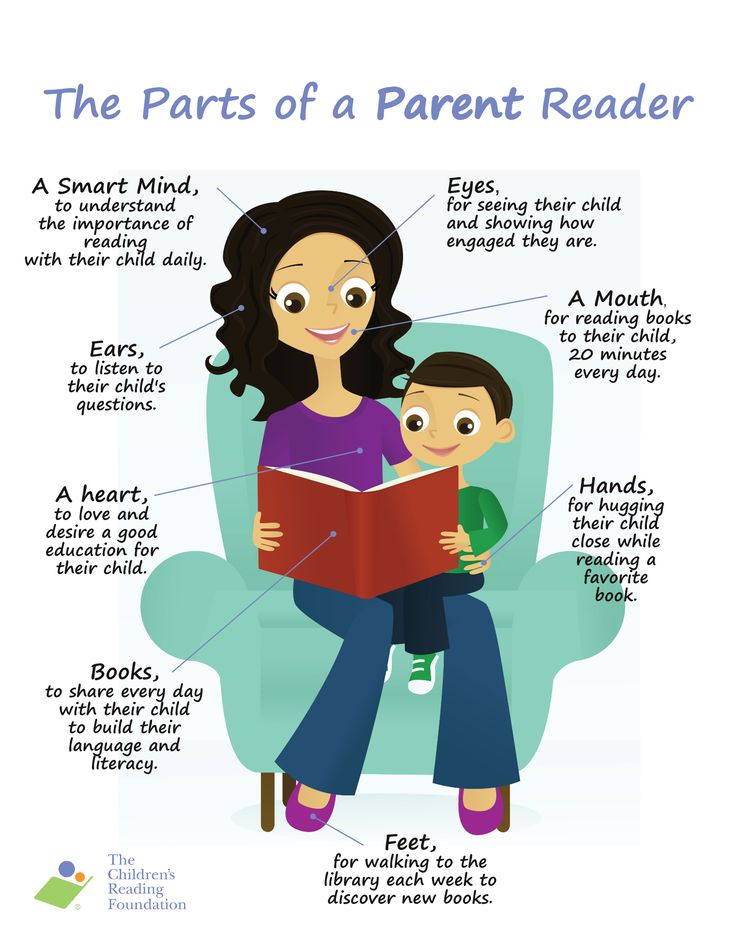 The stories are then read out and determined the best.
The stories are then read out and determined the best.
4. Compilation of crossword puzzles text.
5. Quizzes one by one a large work or several small ones.
6. Mini essays with a purpose analysis of the character or deed of the hero, essay-description, essay-fairy tale, essays, stories, essays, riddles.
7. Selection of riddles for words from text.
8. Selection of proverbs and proverbs that reveal the theme of the text.
9. Compilation of puzzles to words from the text.
10. Sincwine
11. Interactive games
12. Word associations
13. Decision tree
14. Family reading lessons
15. Reader conferences
Creative assignments when working with text in the classroom.
- Work with an illustration to the text.
- Review drawings created by children.
This is the most a difficult but interesting kind of creative work with children's illustrations.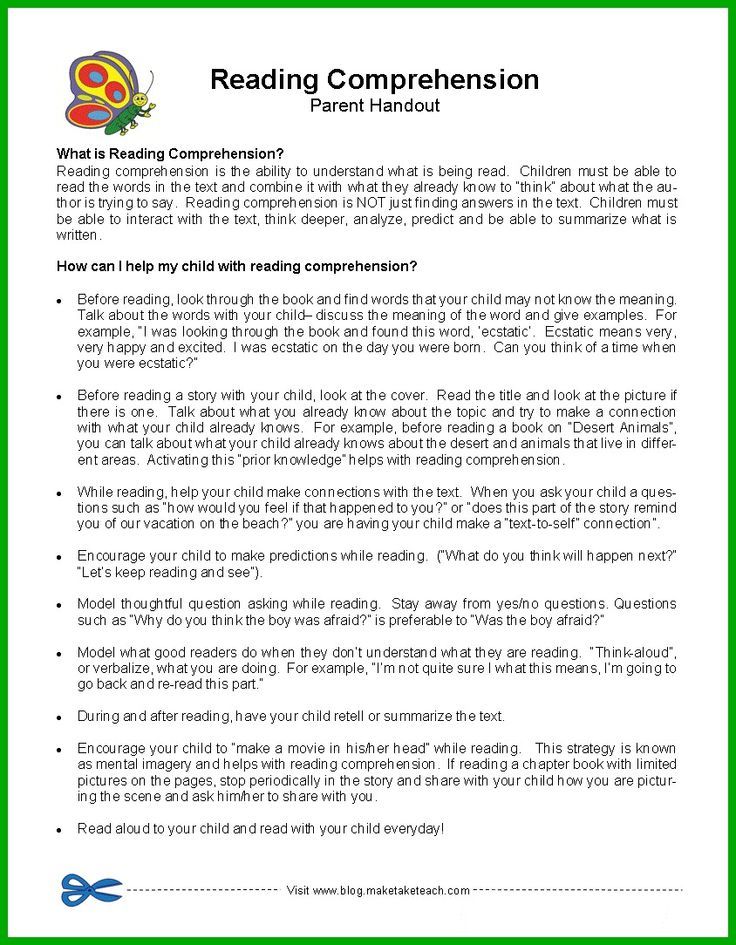 I do it's like this:
I do it's like this:
o each the student, after parsing the text, goes deeper into creating his own illustration;
schoolchildren exchange drawings;
o received the drawing examines it and, rereading the text, tries to find this episode, to to which it refers. Having established to which place the illustration was created, the student signs it with the words of the text;
- matching the content of the illustration with the content of this episode, the student writes a review, which indicates whether or not the given figure corresponds to the text, marks the quality of the work performed. He backs up all his remarks. links to text. The review is signed by the student.
- Modeling and application.
This type of baby creativity is used more often in grades 1 and 2, when children do not perceive are still critical of the results of their images and see more in them than is given.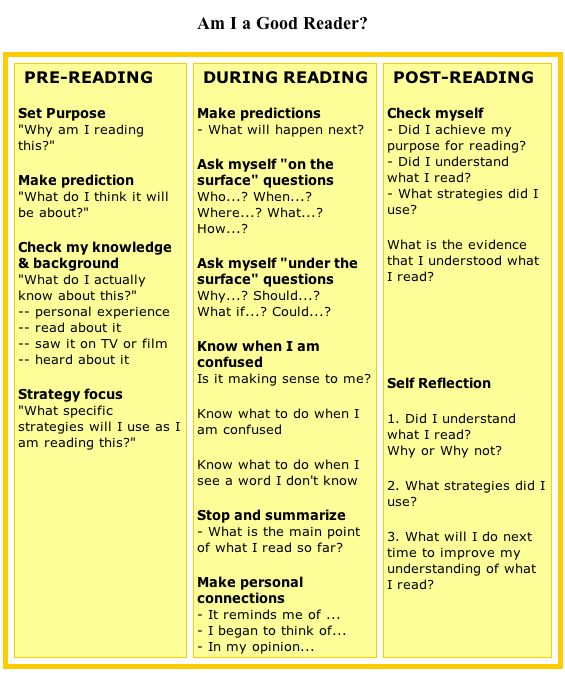 Children can mold a fungus, a bird, a boat, a bunny, a dog, that is, a separate subject of the overall picture, and then combine into a common creative work.
Children can mold a fungus, a bird, a boat, a bunny, a dog, that is, a separate subject of the overall picture, and then combine into a common creative work.
- Homemade books.
One of the most interesting tasks for children - this is work with books - homemade, each of made by children with creativity and imagination. There are books in the form of a Christmas tree, fungus, house, boat, etc. The children made their own books. at home. Each book has its own title, which was represented and defended by the author on book competition in the classroom.
In these books - homemade children record works only of their own composition. it the first steps in their work, although not always successful, but most of the guys are drawn to such work, trying to prove themselves.
- Drafting questions and tests on this text.
From 1st class, I teach children not only to correctly answer the questions asked by the teacher, but and ask questions about the text.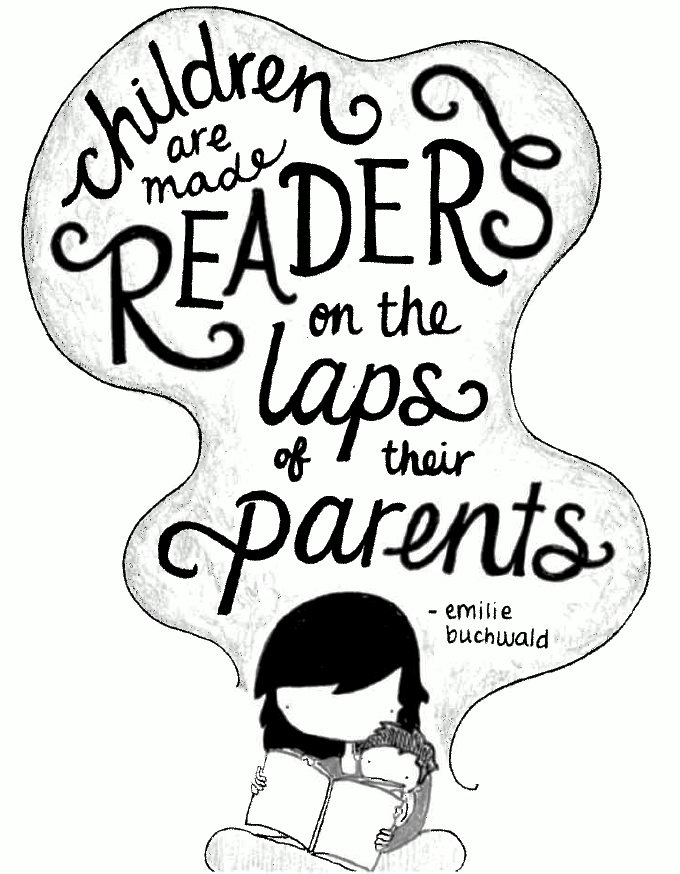 This work develops the ability to distinguish the main thing, both in general and in the specific case, is to compose interrogative sentences that require detailed or specific answers (yes, no).
This work develops the ability to distinguish the main thing, both in general and in the specific case, is to compose interrogative sentences that require detailed or specific answers (yes, no).
Children are also very I like to make a test based on the read work, where you need to choose from 3 of the given answers one is correct. It is with great pleasure that we offer our questions and tests at the lessons of literary reading.
Creative retelling.
The purpose of the creative retelling - to evoke an emotional response in students to what they read work, to help them to understand the idea more deeply, to survive with the hero those feelings that are embedded in the work by the author. For creative retellings are selected works that allow the reader to put himself in position of a literary hero, understand his psychology, look through the eyes of a hero on those people and those events that are described in the work. Creative retelling can be carried out with a change in the face of the narrator or a creative addition to the text of the author. Almost always work is required to select material or adding to it, because the narrator is unaware of some facts or, conversely, he will need to talk about experiences that are not described by the author.
Almost always work is required to select material or adding to it, because the narrator is unaware of some facts or, conversely, he will need to talk about experiences that are not described by the author.
Such paraphrases require students to work with imagination based on the ideas received during reading and analysis of the work and will help to fully perceive the artistic text, contribute to a deeper understanding of what is read, develops creative abilities of students and bring interest and variety.
- Continued works (inventing the end)
Read work can sometimes serve as an impetus for independent creativity children: they come up with a continuation of the readable work, that is, their end. It can be a story, a fairy tale, or even a poem. Not all the work, of course, can be continued. However, to facilitate the work students take such works that are closer to the students themselves.
- Creative essay .
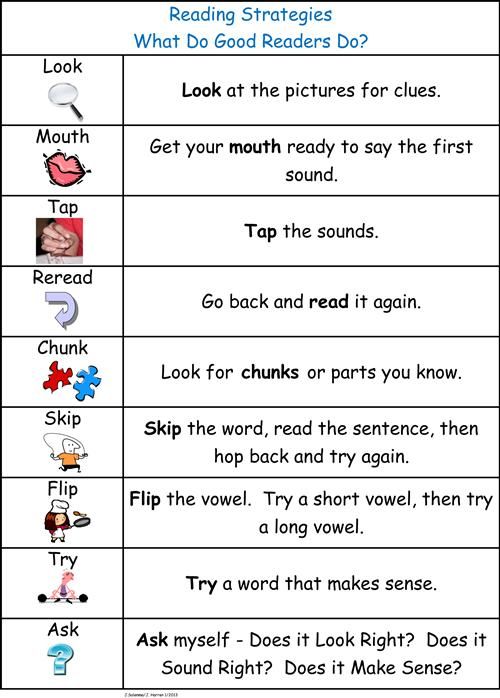
For development creative abilities I use writing essays by children. Creative the essay introduces students to reading and analyzing a literary work in a special way. way: they must try to solve a problem that is close to the one solved by writer in his work.
Meaning creative essay as a form of introductory classes:
- attraction students' attention to the topic of the studied literary work;
- mobilization of all knowledge related to the topic;
- exercises in self-construction of an essay.
All this must to exacerbate students' interest in reading and analysis of the work, to increase their observation, to draw their attention to such aspects of the literary works that they had not seen before.
Compositions for children write on separate sheets of paper and, if desired, can illustrate them, giving them an original shape: a leaf, a snowflake, a flower, etc.
All compositions with we read the consent of the authors aloud and discuss.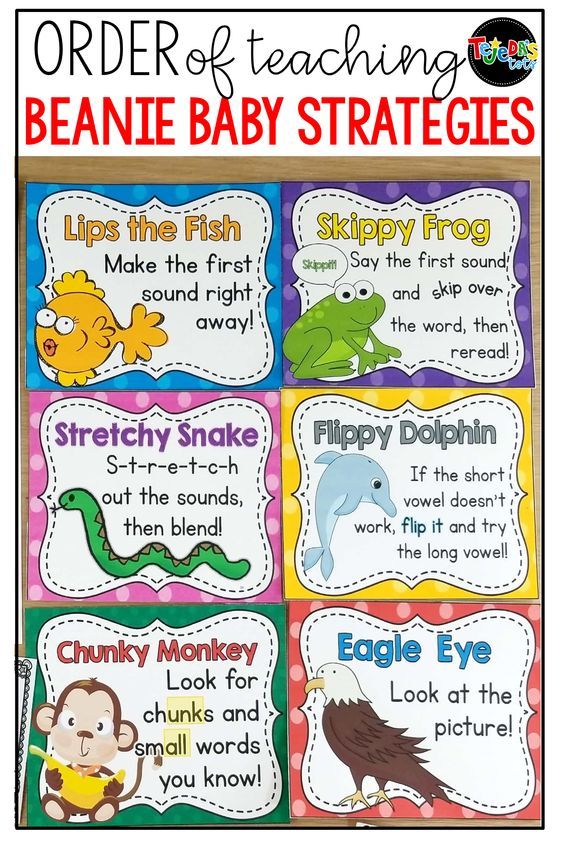 Essays are read in full separate sentences, well-chosen words. The main thing is to celebrate everyone. Children listen with great attention to the compositions of their classmates.
Essays are read in full separate sentences, well-chosen words. The main thing is to celebrate everyone. Children listen with great attention to the compositions of their classmates.
- Word creation.
Very important a means of developing creative abilities is the compilation of fairy tales, stories, myths, fables, poems. Children themselves come up with plots, main characters. The best works are read out and discussed.
From 2nd grade trying to write poetry. At first it was rhymes, the continuation of poetic lines. But much more for the guys themselves to be in the role of poets. On lessons literary reading, children are very fond of minutes of poetry, on which they read own poems.
- Review-review.
One type essays that allow you to teach a child to express their own position on relation to the read work, is a review of the book. It has a student can not only express an assessment of what they read, but also learn more deeply the meaning works.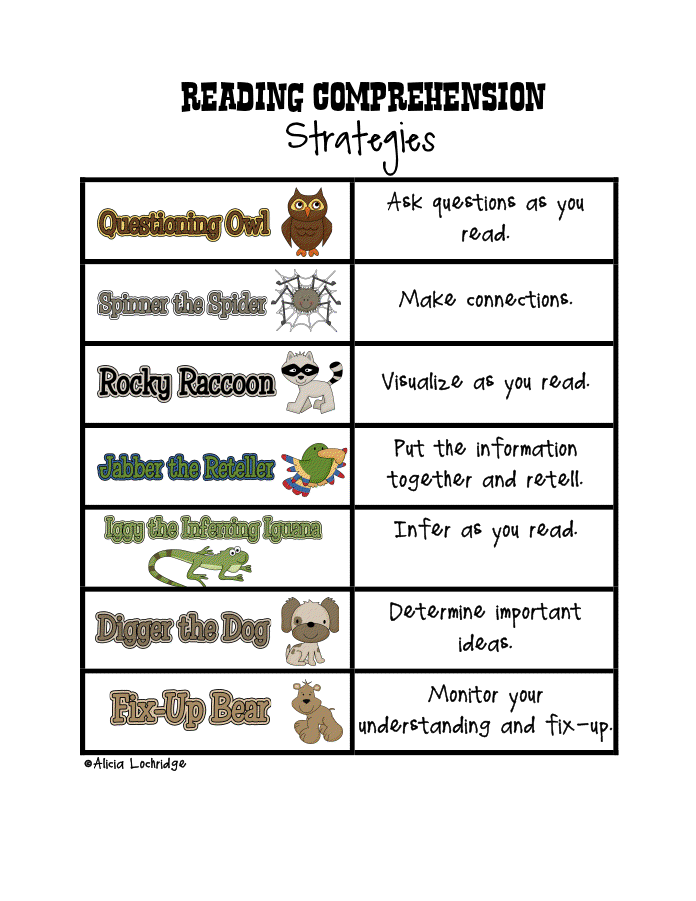
Structure variant recall:
1. Performance hero and expression of his attitude to the work.
2. Brief presentation of the plot of the work with an emotional assessment of events.
3. Characteristic the hero and the expression of his attitude towards him.
In my practice, I I will organize the feedback letter as follows. In the classroom, a sheet of cardboard is hung out with large envelope at the bottom. On the sheets, students put their feedback, compiled according to a certain plan. Then I check the submitted reviews, their students rewrite, then the leaflets are hung in the reading corner. Reviews are read comrades. After all students have read them, the reviews are added to envelope, new reviews are posted in their place.
Such organization creative work activates extracurricular reading. Children will have to show creative approach to a work of art, to show the direction of their literary interests and the level of artistic taste.
Abstract .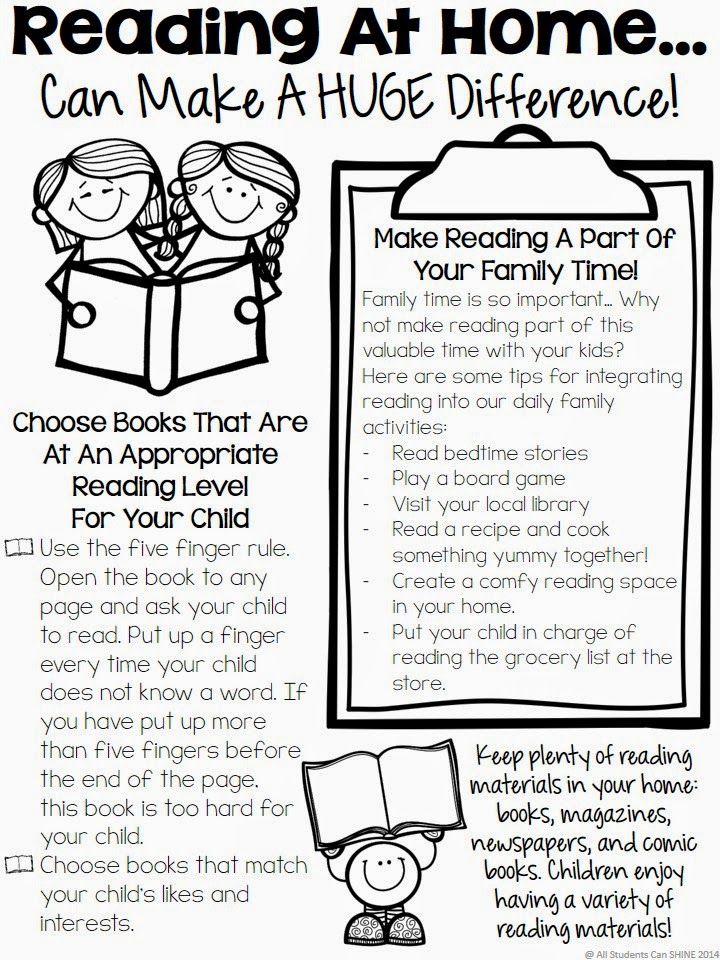
Annotation in a book placed on the back of the title page. From it you can find out what is said in book, as the annotation contains a concise summary of the content. Often abstract written in such a way as to engage the reader.
For writing annotations to the book, I offer the children the following memo.
Reminder
1. Choose the book you like.
2. Do your best to interest future readers of this book.
3. Start annotation can be different:
This book tells about ...
This story is about ...
The writer ... talks about ...
The protagonist of this book is ...
Amazing events take place in ...
Do you like to read about ...
Work with crosswords.
- Compilation quizzes.
- Dramatization
Molds dramatizations:
- finger theater;
- puppet theater;
- costume performances based on famous works;
- musical performances;
- performances based on their own scripts.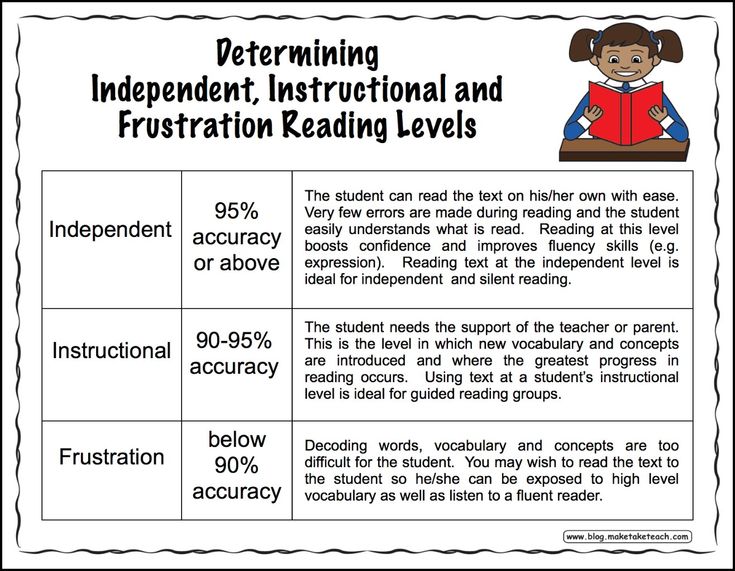
Dramatization is a special form of reincarnation in the depicted image. Therefore, it is necessary occasionally to encourage the usual desire of children to costume when dramatizing.
- Drafting fabulous announcements and telegrams.
There is a component creativity, without which the creation of something new is unthinkable. This is creative imagination. Imagination is the basis of any creativity. Great value in revitalization creative activity have game moments that introduce an element of entertainment into creative process.
One type The game is to compose fabulous ads and telegrams.
Develop creative imagination and literary games that give a more complete perceive works of art in the future.
Simple speech children's creativity is easily manifested in play activities.
Here are some examples of such games that I spend in literary reading classes with my children.
a.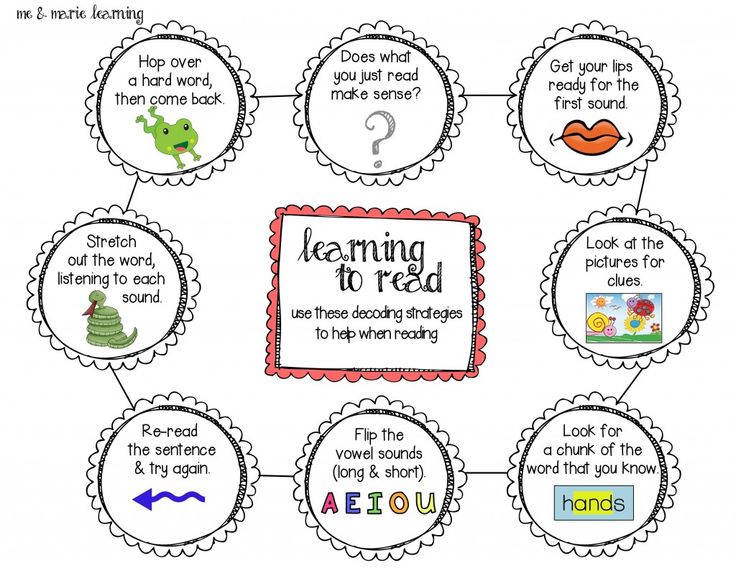 "Tree wisdom!”
"Tree wisdom!”
Fast at first, but read the text carefully. Now everyone writes a note that asks text question. Then complete the note, attach it with a paperclip to the tree. The tree often changes - in turn, everyone approaches the tree, “rips off” the note and answer the question aloud. The rest rate the question and answer. This work can be in pairs, fours, in rows. Before plucking from the tree leaflets-questions, the children read the given text again. At the end are defined the best experts.
- “General poem".
Write poetry can be all together. To do this, everyone should have a piece of paper and a pen. Each conceives the first line of his poem and, at the signal of the teacher, transmits it neighbor on the left. The neighbor must understand and feel what he wanted to say party game, and try to continue the poem. And so on until the sheet with the completed poem will not be returned to the author. The author corrects poem and read it.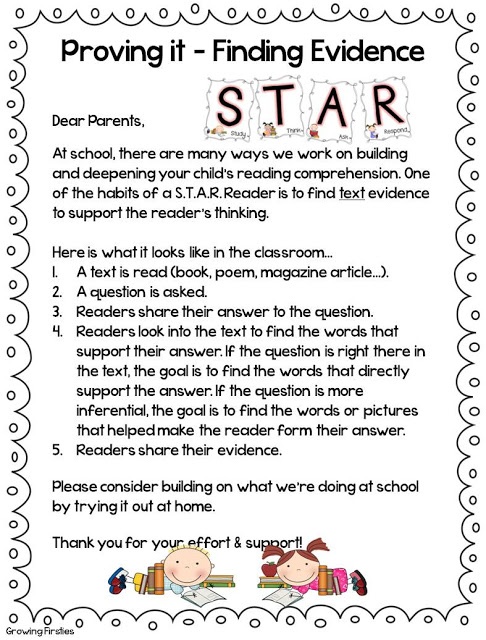 Of course, it is imperfect, but it can become the basis for creating a deeper and more interesting work.
Of course, it is imperfect, but it can become the basis for creating a deeper and more interesting work.
- “ I I’ll start, and you continue…” (test of a poetic pen)
Teacher or the child is offered (pronounced and recorded) the beginning of poetic lines invented by themselves. Students must complete on their own by unfolding further plot started. To complete the game task is given certain time. You can divide all the guys into teams by offering to perform different verses.
After completion works of mini-poetic texts are discussed. It is proposed to carry out the author's protection of your creative work. Children are pleased, fascinated by such work, develops their verbal art. It is no coincidence that small masterpieces are born very often.
“Fable in 10 minutes”
The teacher writes some phrase or several, then folds the sheet so that it is not visible written and handed over to the student. Now on a blank sheet the student writes his phrase.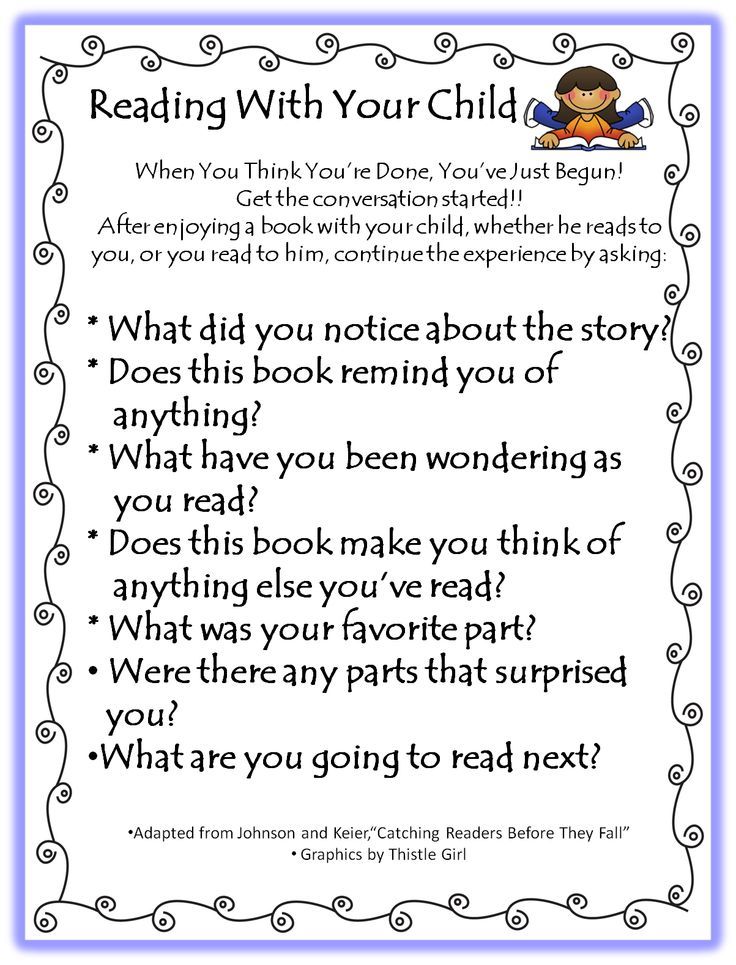 He also folds the sheet and gives it to another. Anything is allowed to be written. whatever, but there is one subtlety that you need to remember: all these phrases must answer (in order) the following questions:
He also folds the sheet and gives it to another. Anything is allowed to be written. whatever, but there is one subtlety that you need to remember: all these phrases must answer (in order) the following questions:
1. Who it was (was)?
2. How looked like?
3. Where went (went)?
4. Whom met?
5. What told him/her?
6. What did he/she answer?
7. What was done to him/her?
8. What is was his/her reaction?
9. How is the whole story over?
10. Output or morality.
When recorded the answer to the last question, the whole sheet unfolds and is read with expression the resulting fiction.
So You can compose both a fairy tale and a story.
- “Digital dictation".
Children alone compose digital dictations based on the read work and offer them in game to their classmates.
Children write only two digits:
0 - if the statement is false and 1 if it is true.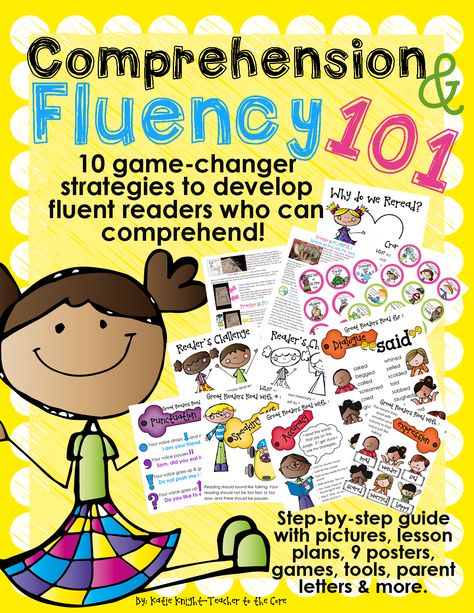

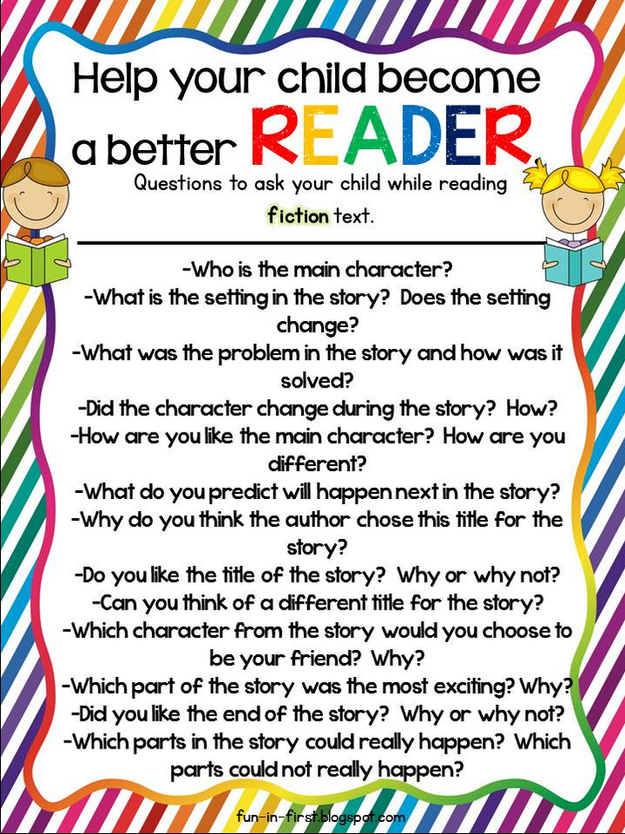 N. Usanova, O.F. Potemkin
N. Usanova, O.F. Potemkin 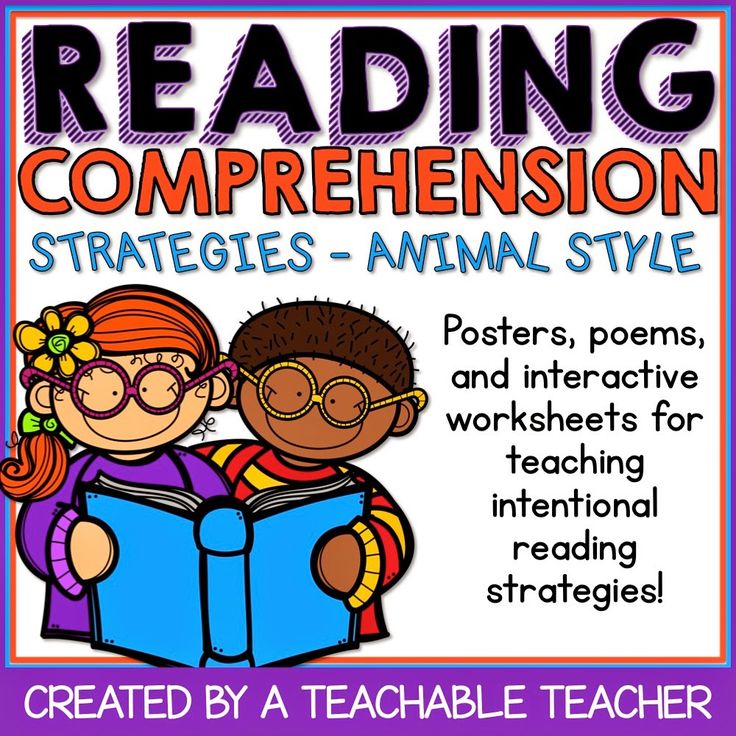 Didactic games
Didactic games 